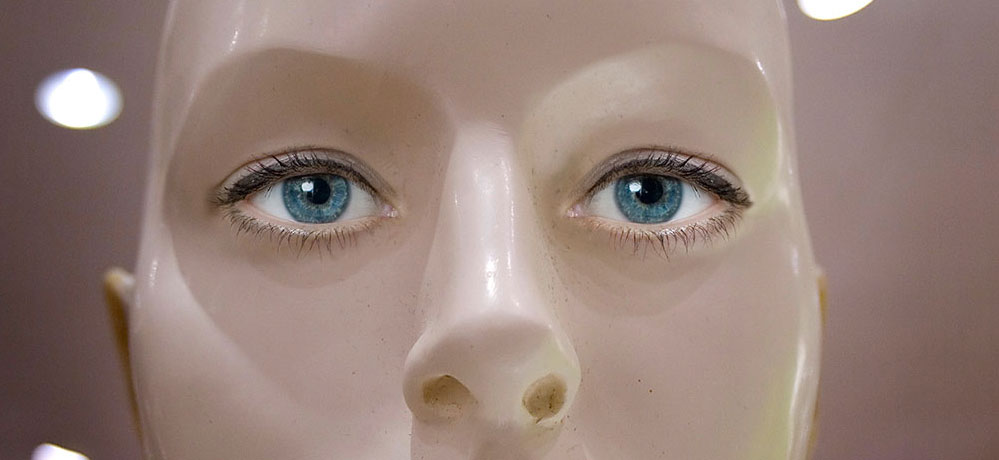
I recently had a conversation with a game designer who introduced me to the concept of the Uncanny Valley—a human psychological reaction to robotic design. In essence, it’s a repulsion that we feel when something that resembles a human is just slightly off-kilter. According to research—that repulsion of seeing something human—but not quite so, evokes feelings of death and mortality.
Visualized as a curve, our sense of familiarity theoretically trends higher as we encounter increasingly human-like machines. But there’s an “uncanny” steep drop off that occurs when machines become too realistic. It’s what makes Japanese horror movies that much more terrifying: a “perfect” human girl—with black saucer eyes and a distended, floppy jaw. Some game developers are creating characters that are clearly artificial-looking but accurate in its human mannerisms and emotional gestures instead. It’s why we like Wall-E and R2D2, but get creeped out at Polar Express, or even mannequins or clowns.
So what other areas of art can we apply the theory of the Uncanny Valley?
I think of the impressionism era, and those famous Goya paintings or Rubins…but I don’t feel repulsed by these realistic portraits. Although that could explain why some old family portraits do have the tendency to “follow you with their eyes.”
In fact, modernism or cubism is more offending to my senses.
So maybe the Uncanny Valley can only be applied in cases where movement is involved—like videogames, or movies. But then, there’s probably an Uncanny Valley in photography too. A photojournalist friend of mine was telling me just how disturbing it was to see the homeless man eating another homeless persons face. Just the visual image of this is enough to incur an innate sense of revulsion.
So can the Uncanny Valley apply also to descriptions of actions without necessarily needing to see these actions firsthand—through artistic representations or in real life?
 So, for the above described scenario in which a homeless dude eats another dude’s face…one feels a physical reaction. And yet, when news reports reveal allegations that a marine soldier massacred a village full of innocent children and families—the reaction is one of revulsion—but it’s not something that’s even capable of being understood on any psychological level. So the repulsion is entirely intellectual—and conscious. Cannabalism, on the other hand, is somehow to me, more deeply disturbing and perhaps more unconsciously so. Is this another Uncanny Valley? Or perhaps it’s the vehicles of death that are causing this disparity: eating someone’s face off vs. blindly blowing them away in machine fire. The latter being barbaric…the latter, less so simply in mechanics. Or, perhaps we’re simply more jaded when it comes to firearms.
So, for the above described scenario in which a homeless dude eats another dude’s face…one feels a physical reaction. And yet, when news reports reveal allegations that a marine soldier massacred a village full of innocent children and families—the reaction is one of revulsion—but it’s not something that’s even capable of being understood on any psychological level. So the repulsion is entirely intellectual—and conscious. Cannabalism, on the other hand, is somehow to me, more deeply disturbing and perhaps more unconsciously so. Is this another Uncanny Valley? Or perhaps it’s the vehicles of death that are causing this disparity: eating someone’s face off vs. blindly blowing them away in machine fire. The latter being barbaric…the latter, less so simply in mechanics. Or, perhaps we’re simply more jaded when it comes to firearms.
Writers are often encouraged to sprinkle specific—recognizable details into prose. Stephen King was a master of this. It’s like the guy who reaches for Dr. Pepper in the middle of a zombie attack—that makes you really relate. Because, hell, who would pass up a Dr. Pepper in the midst of apocalypse? The Blair Witch project scared the bejesus out of me because the whole premise of the story was something that could be ever so realistic. The way the bag of marshmellows–big puffs—were tossed into the shopping cart right before the camping adventure reminded me of my pre-hiking excursions. And later on in the movie when the girl opens the hankerchief and finds an eardrum inside…well, that was it. I was terrified! So the Uncanny Valley exists not only on the computer screen—but in our everyday interactions with media and art. We use it to scare ourselves—to tempt death; to feel something. To trace the grooves of realism with our fingers, the same way we touch the lines in a leathery face—a face that does not belong to us; but one that is just as familiar and cherished.

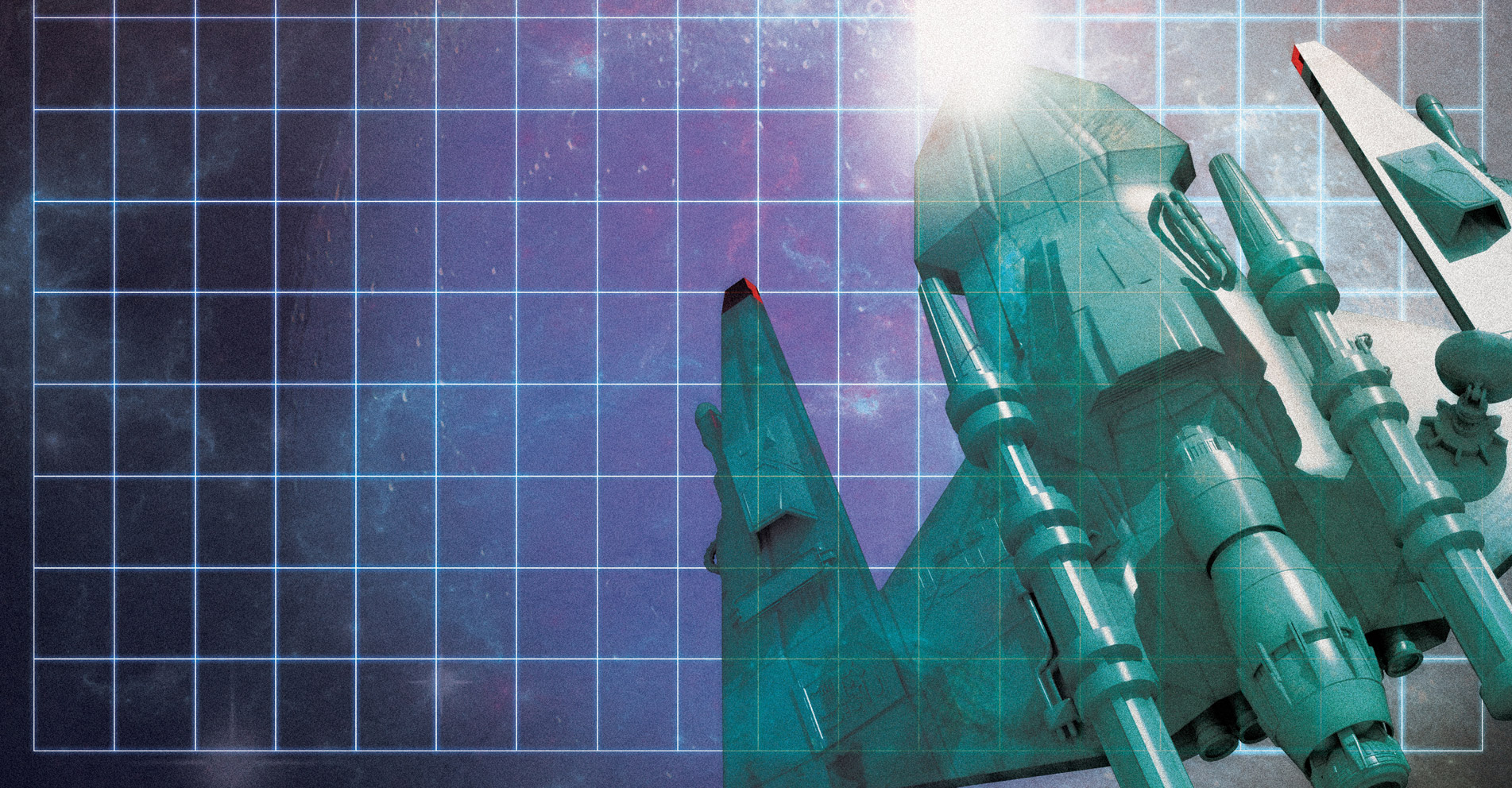


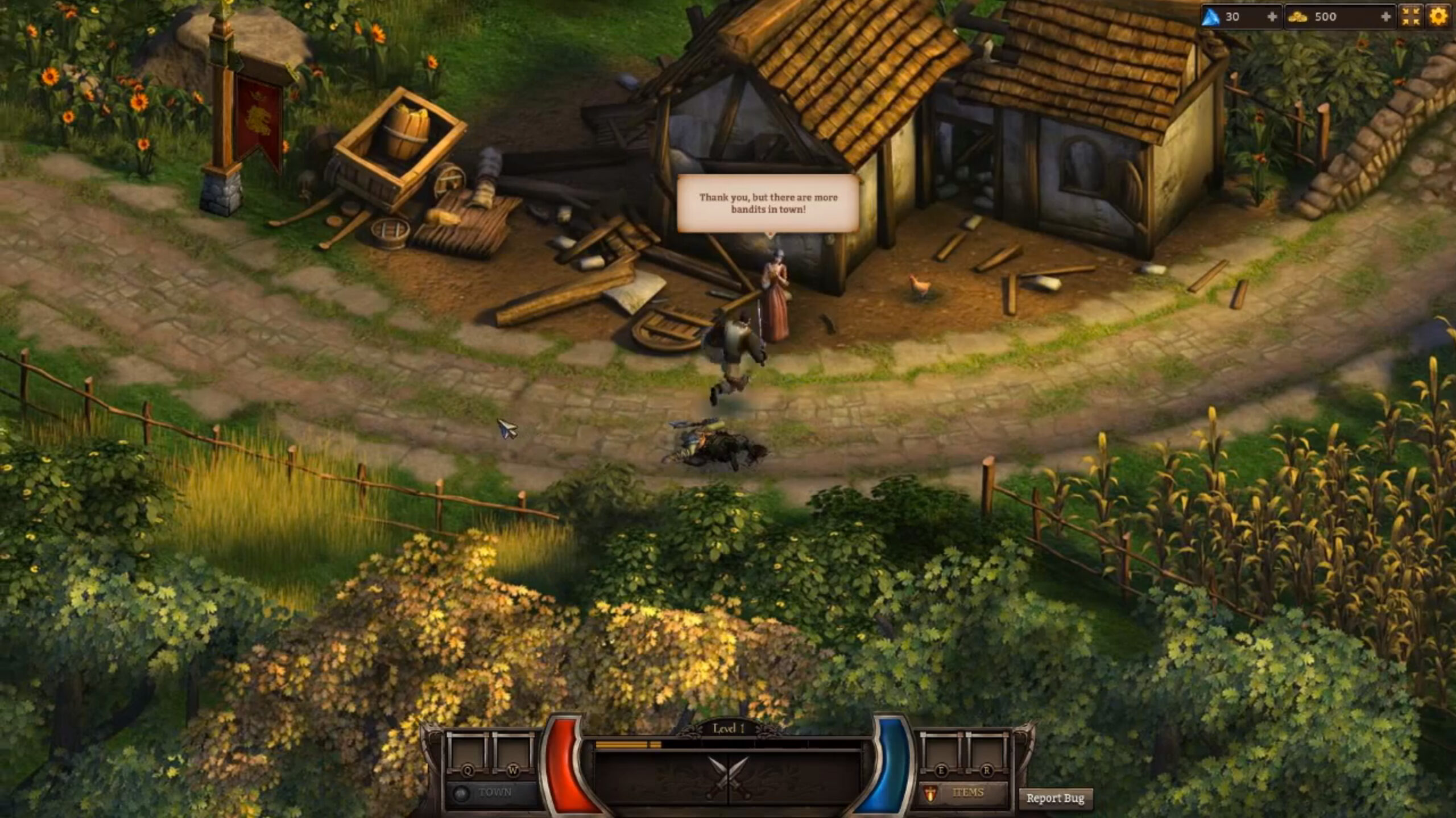
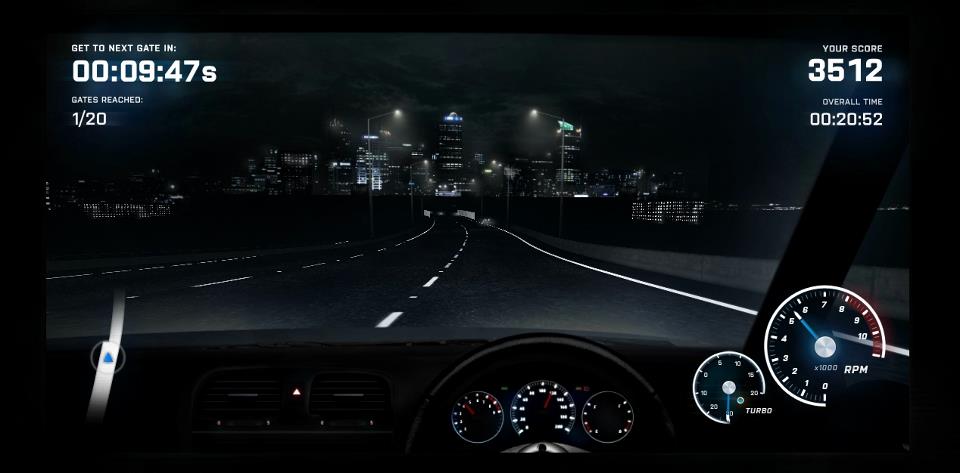
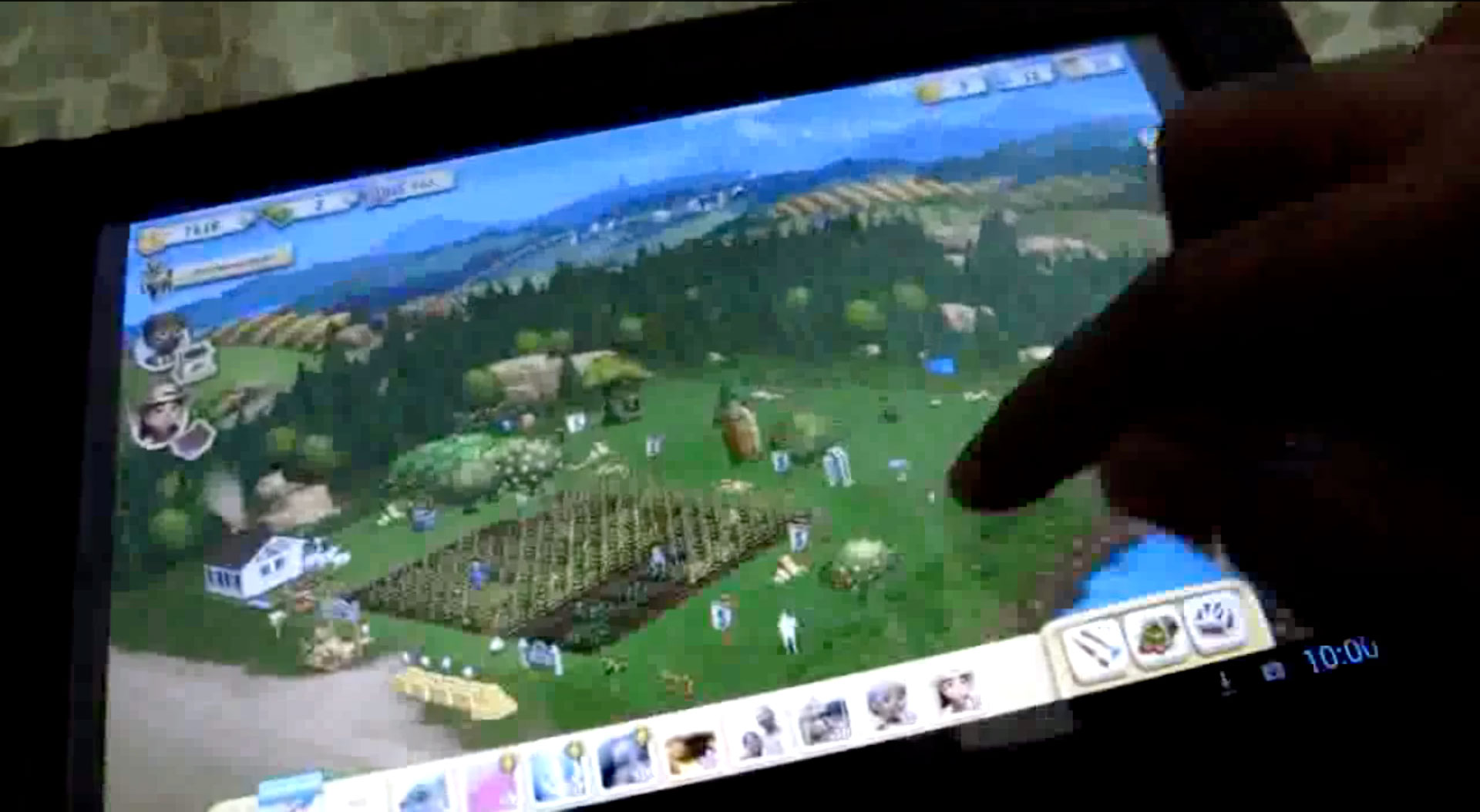
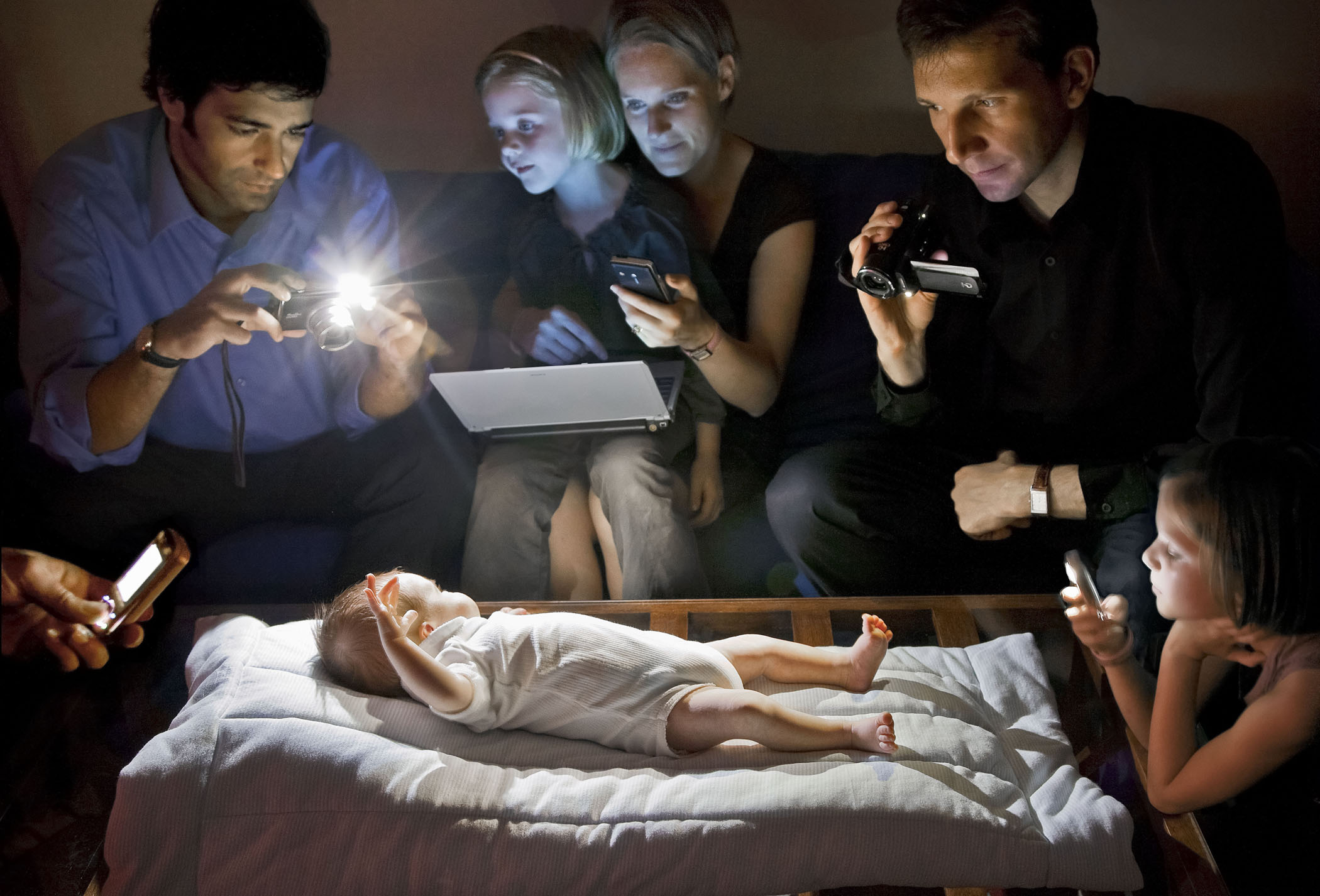

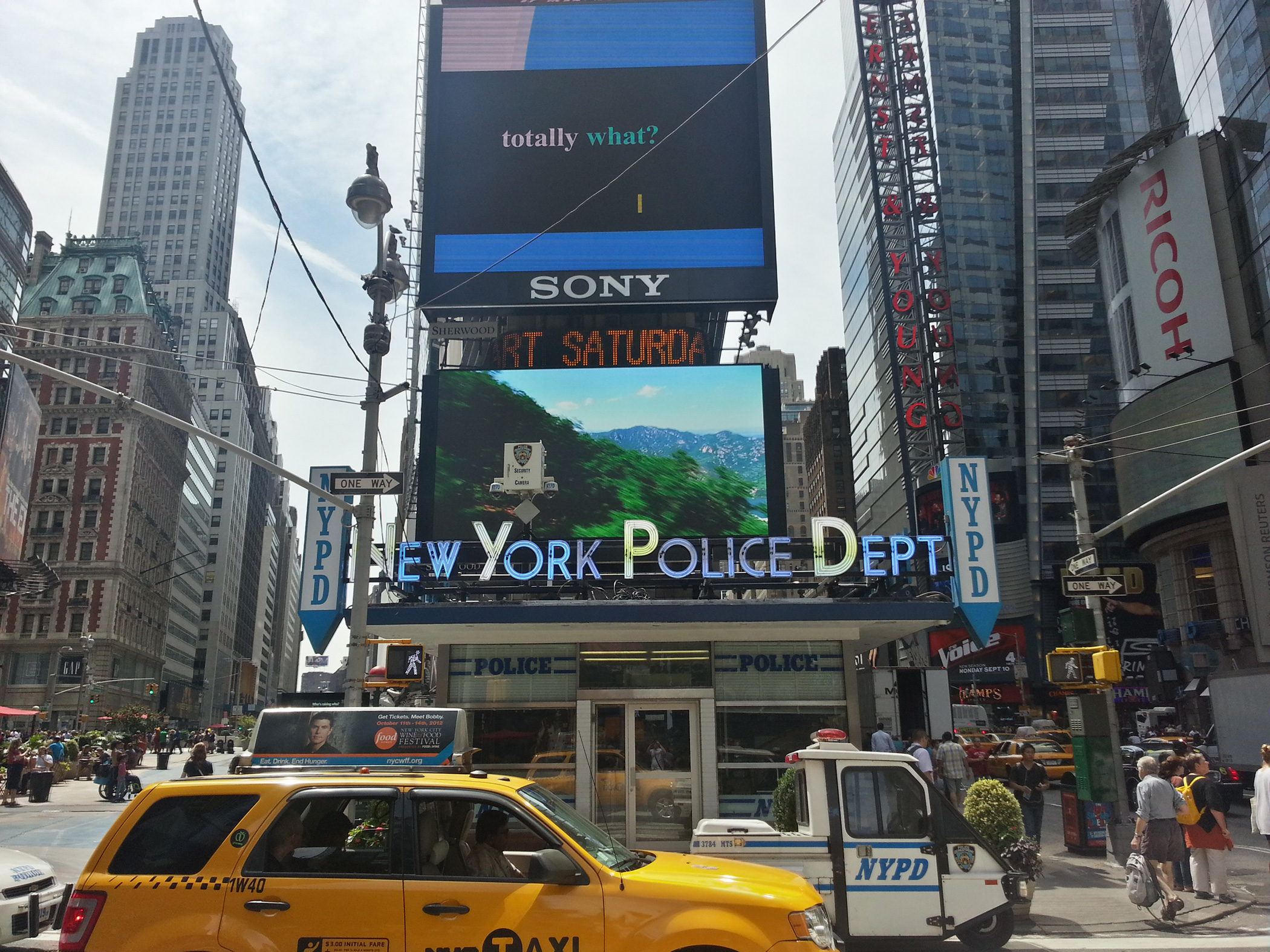
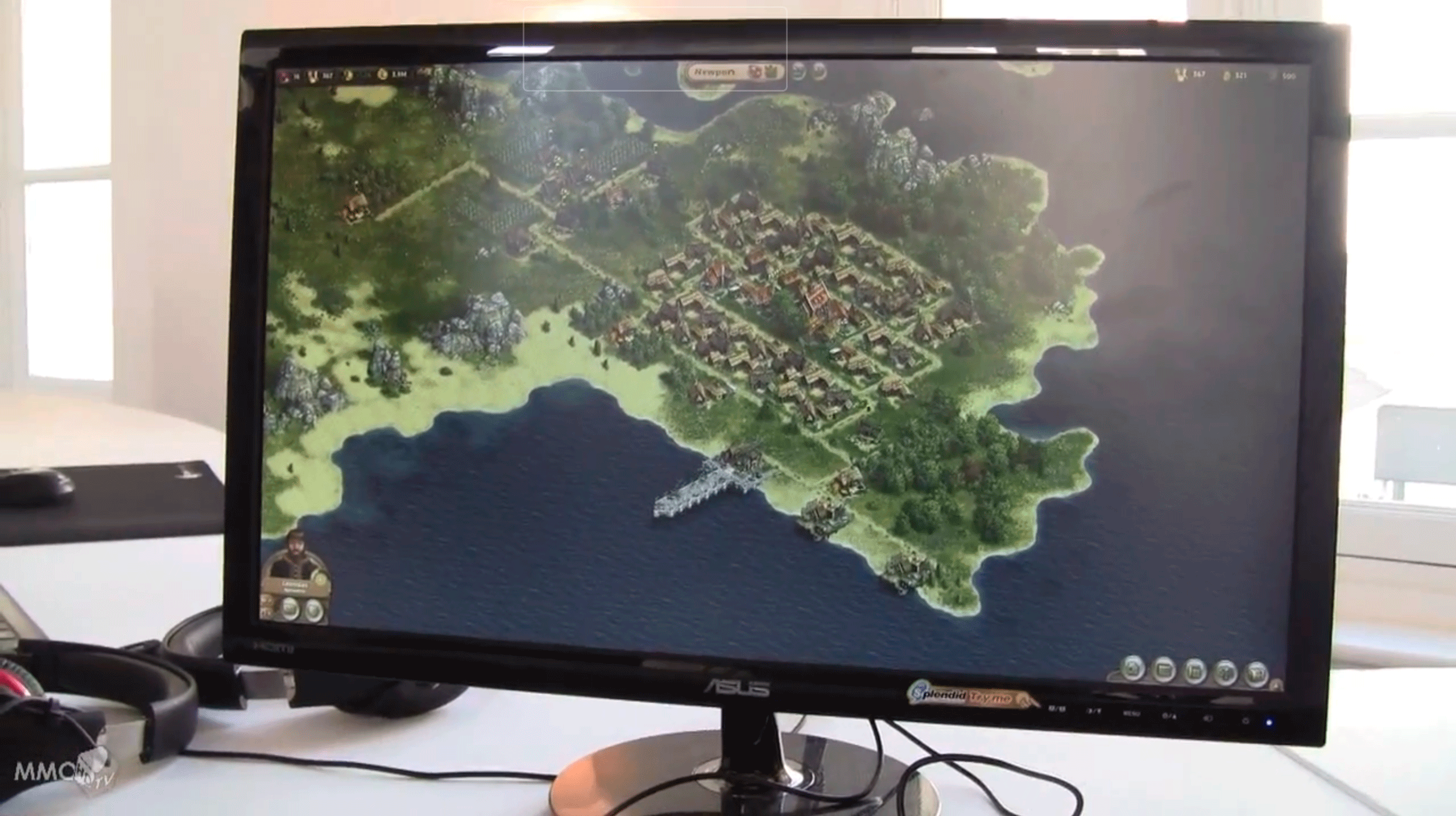
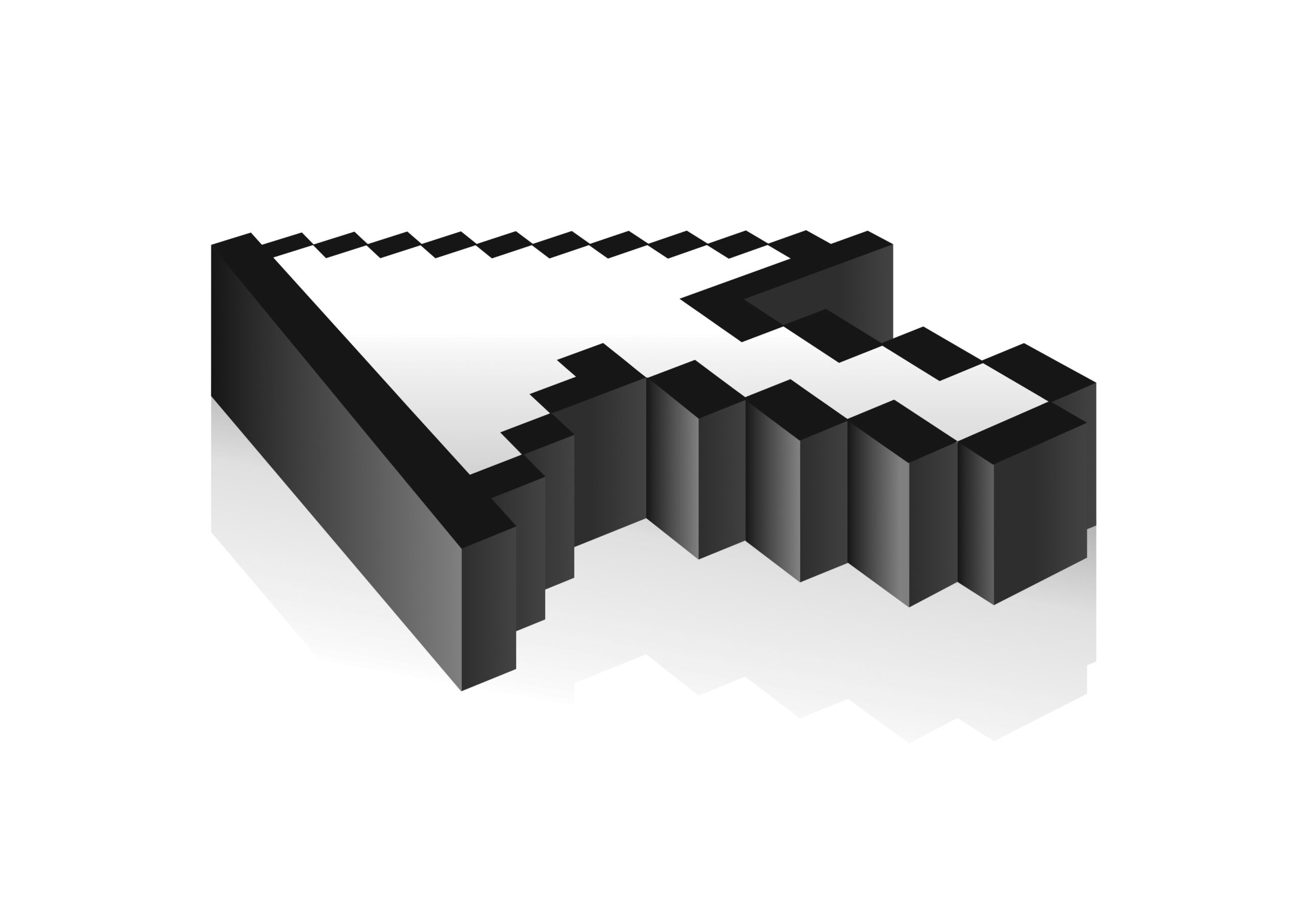
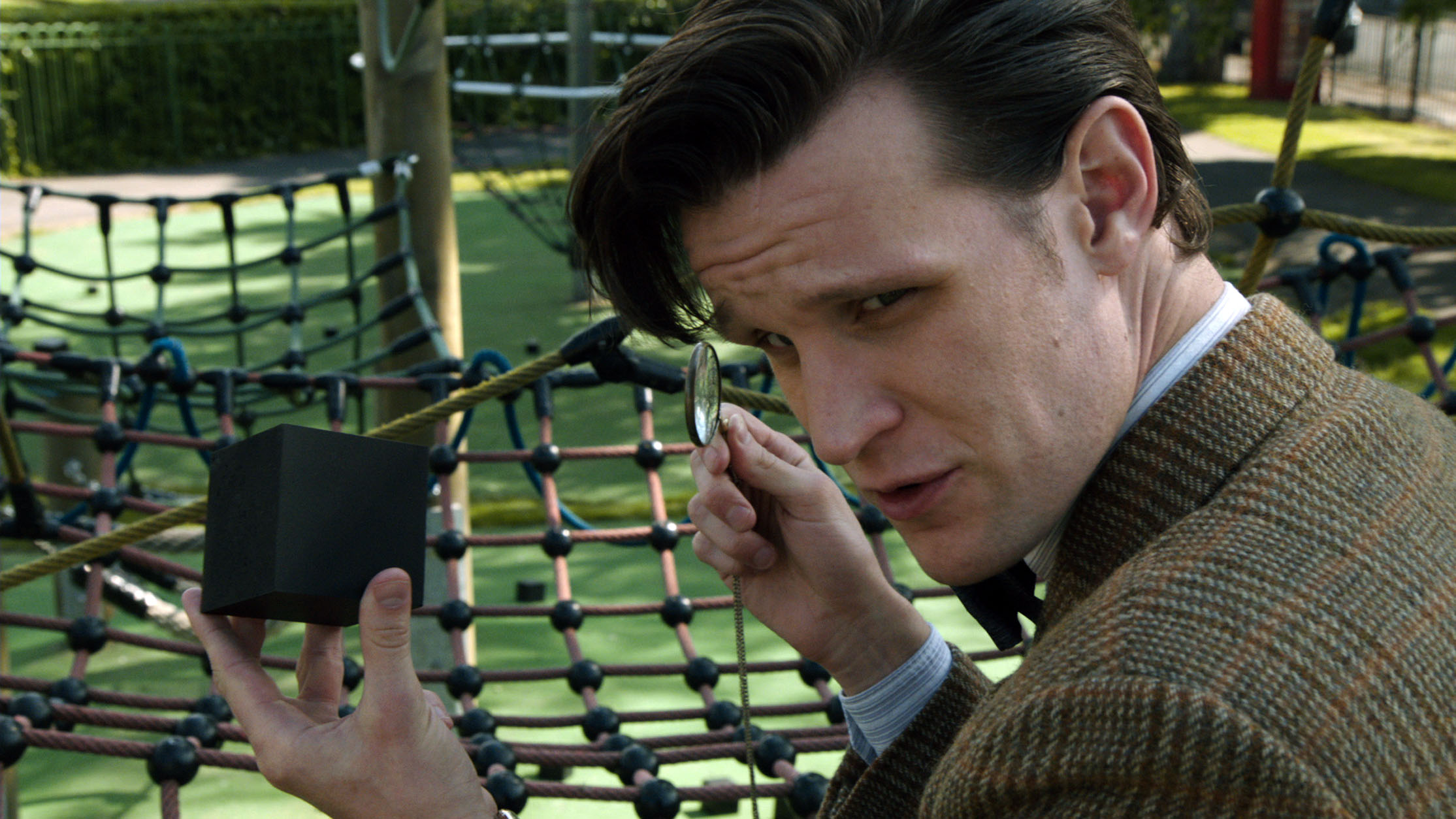
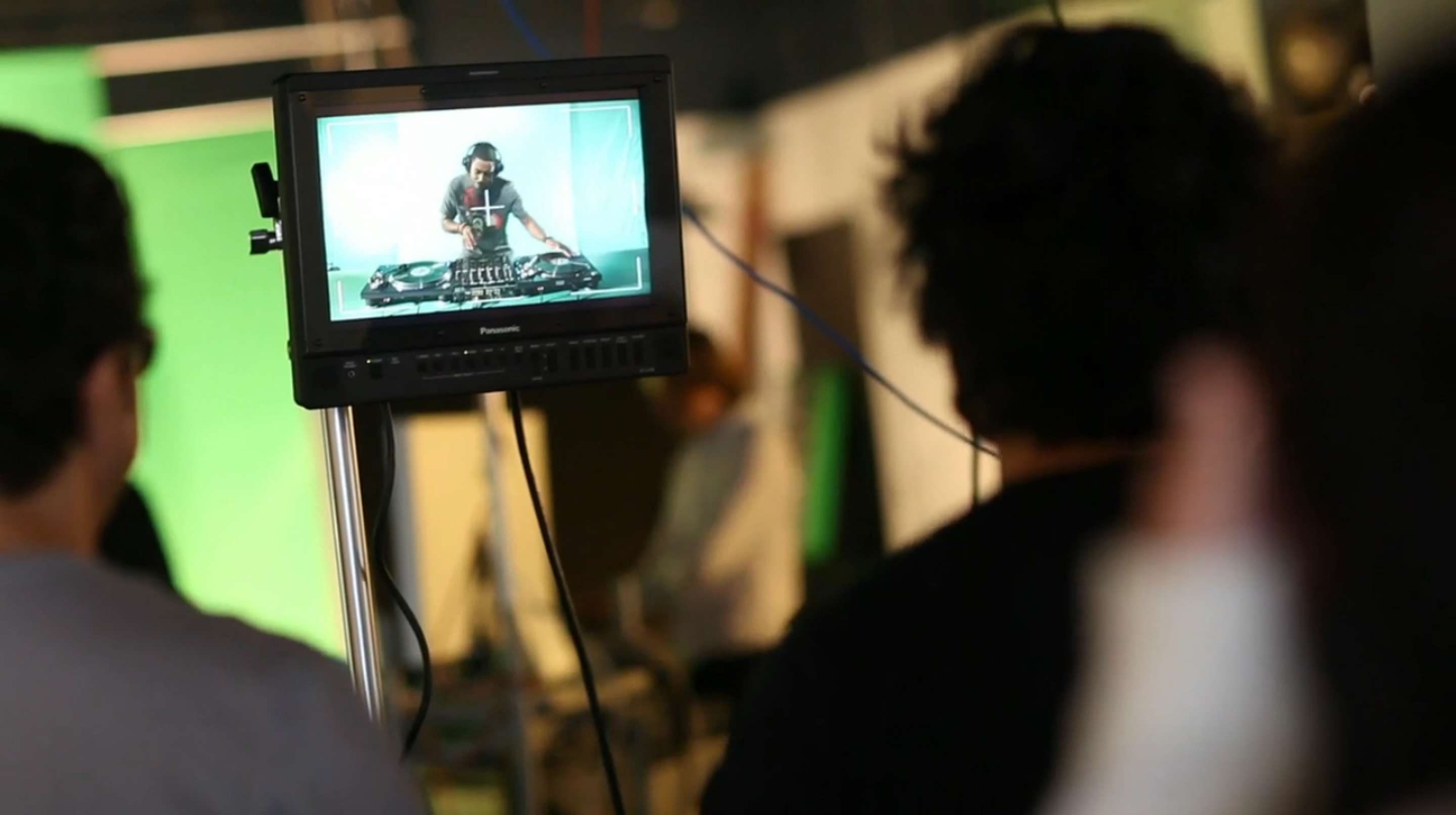

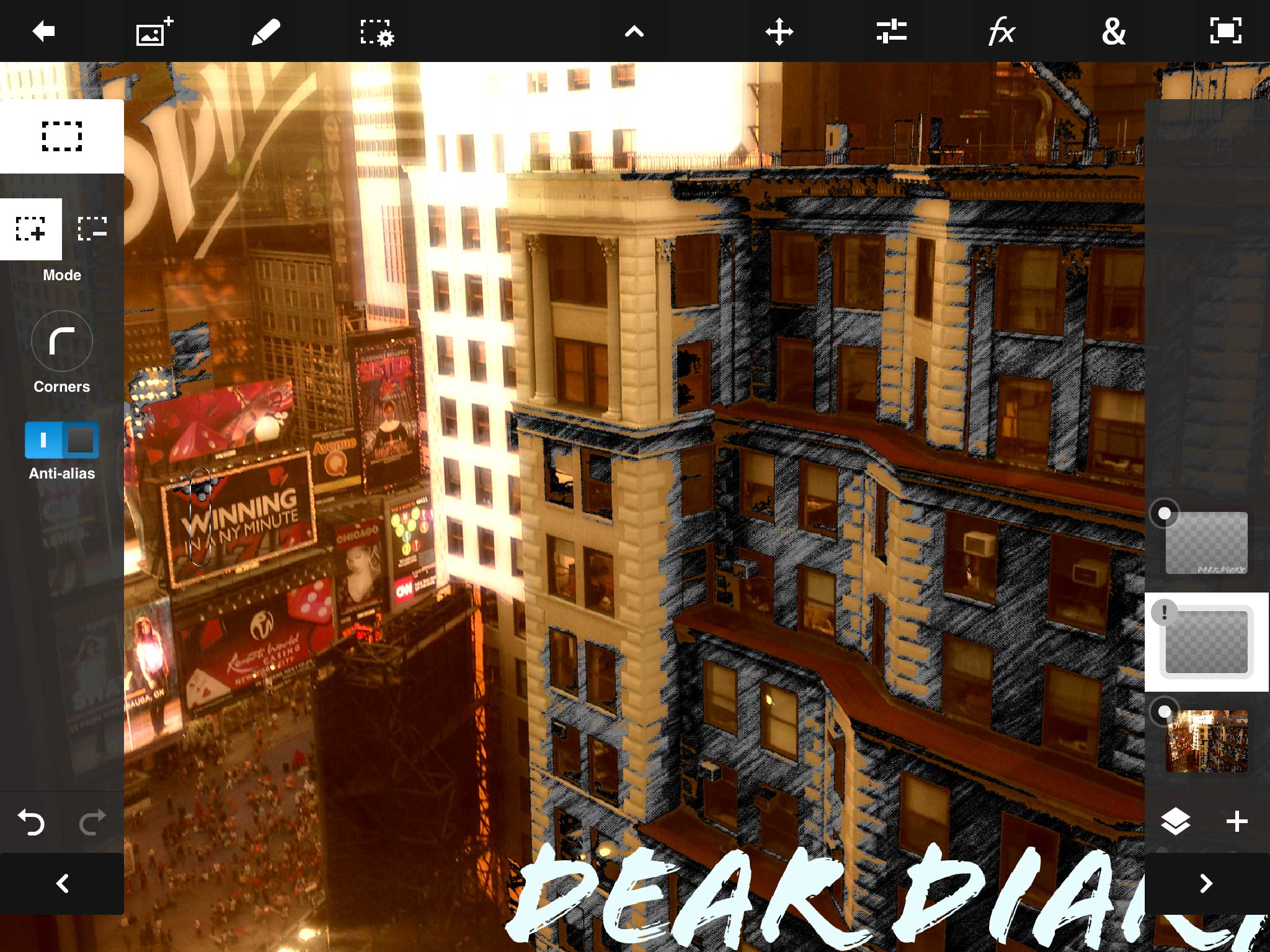




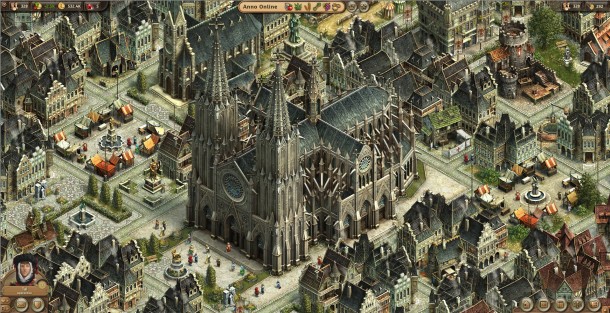

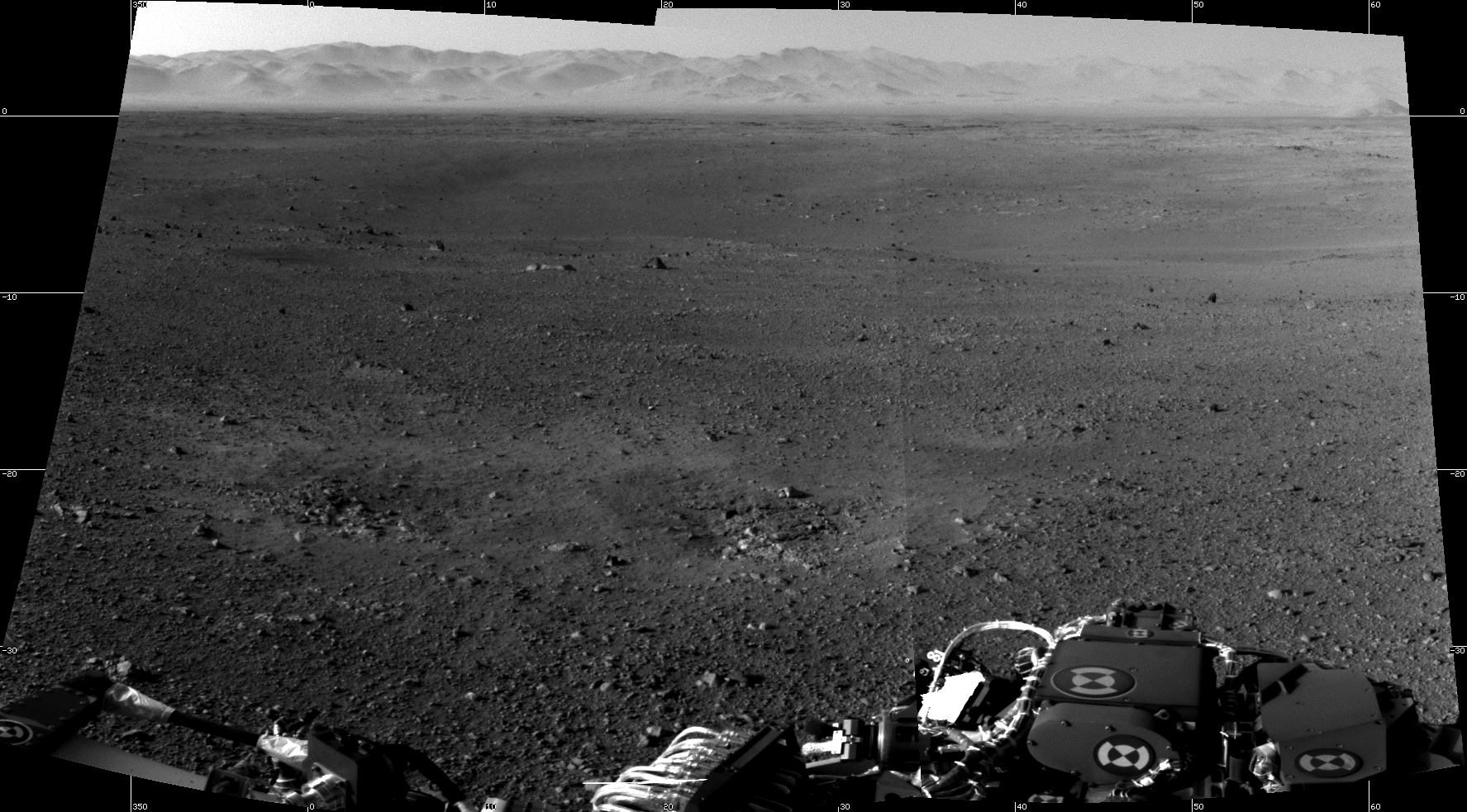
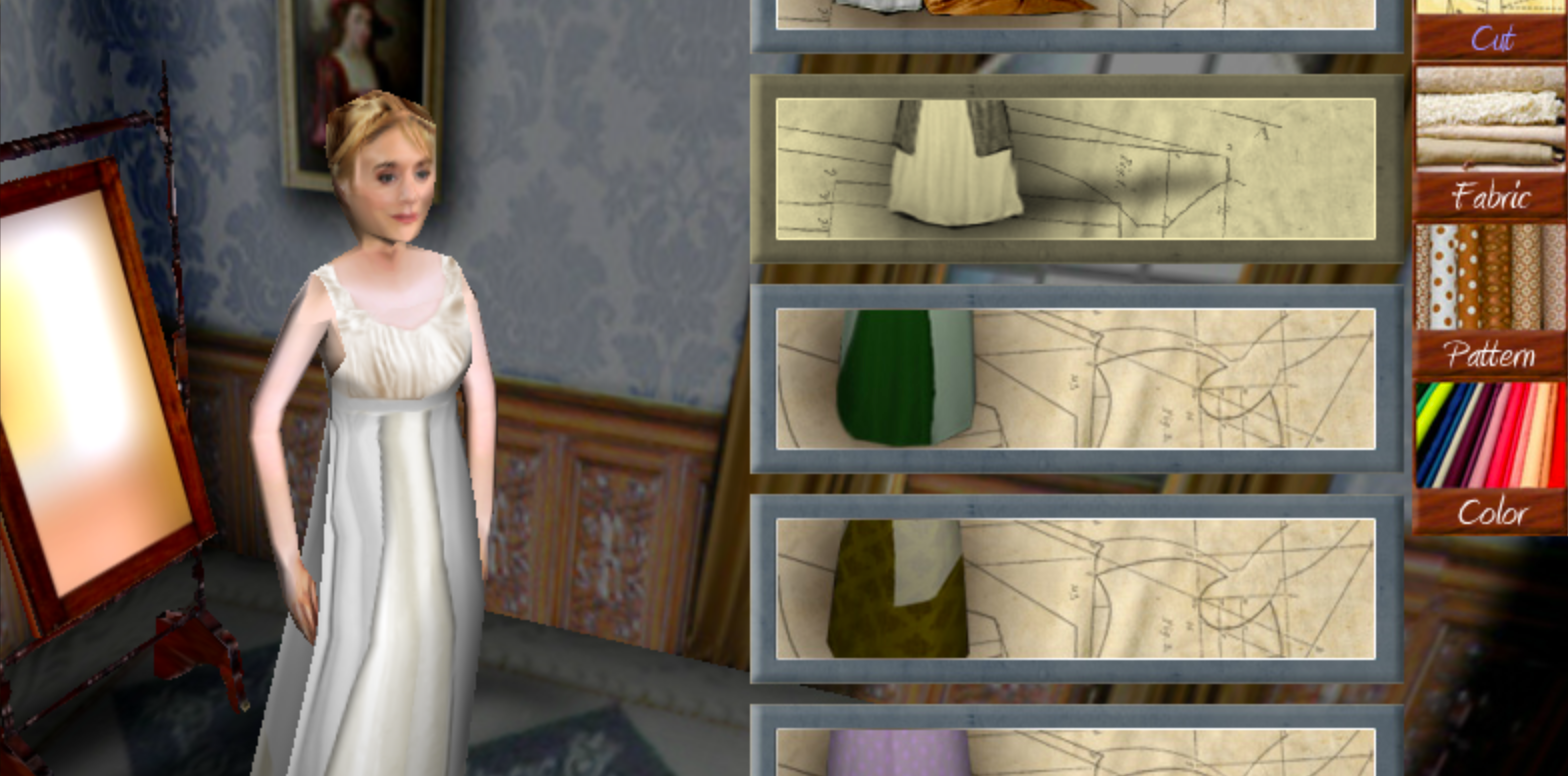

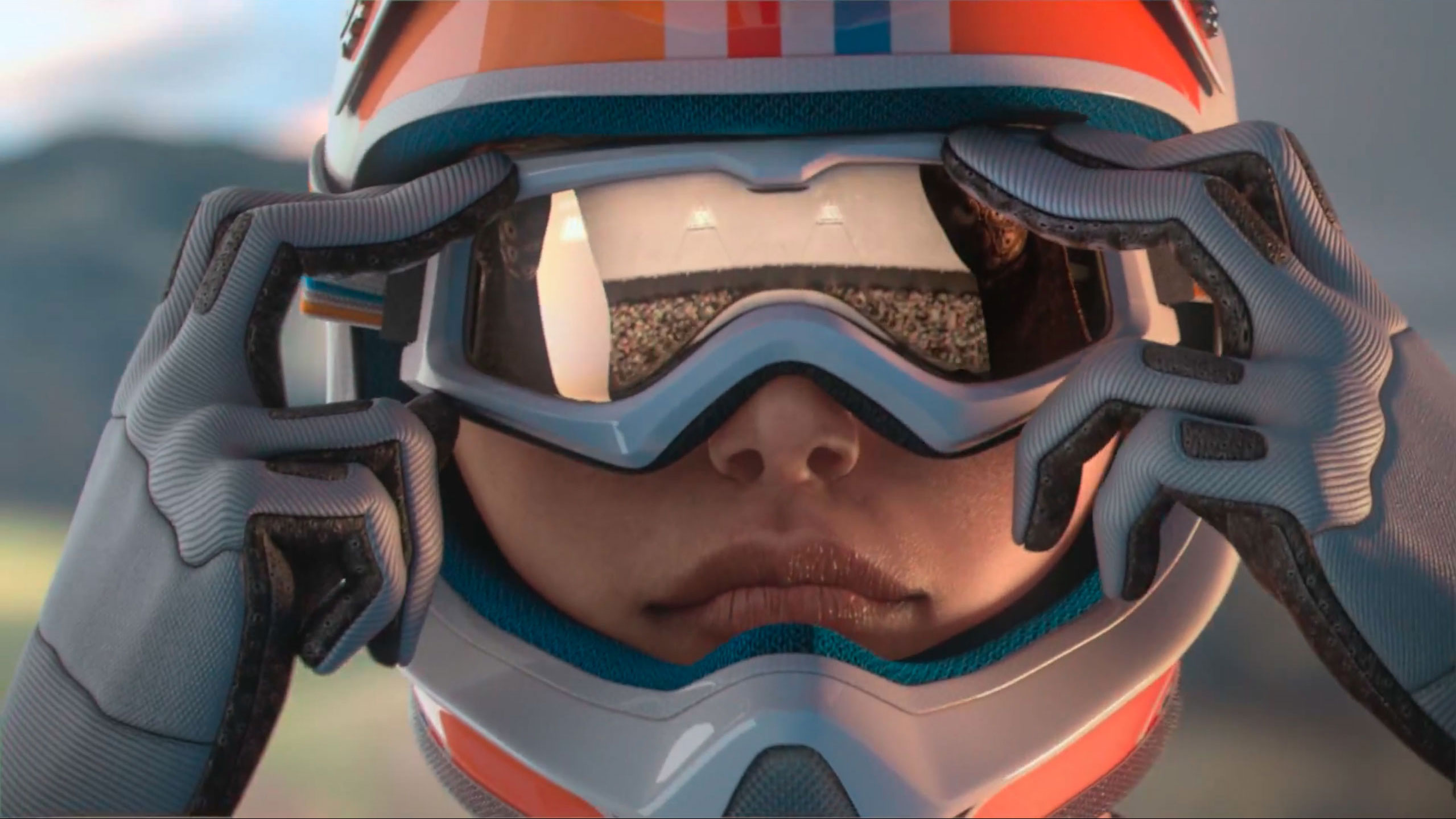

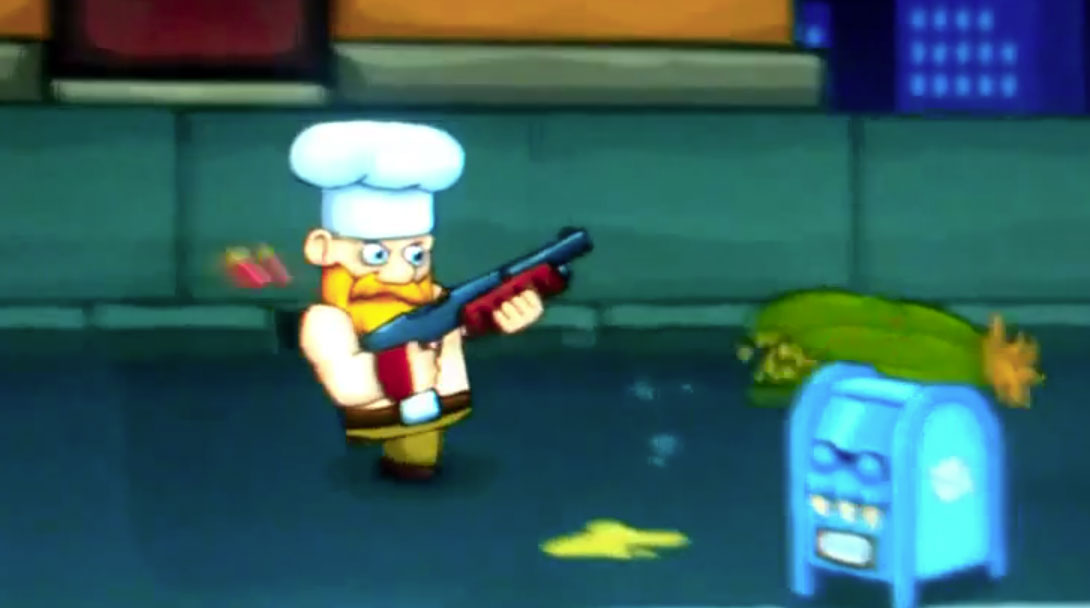
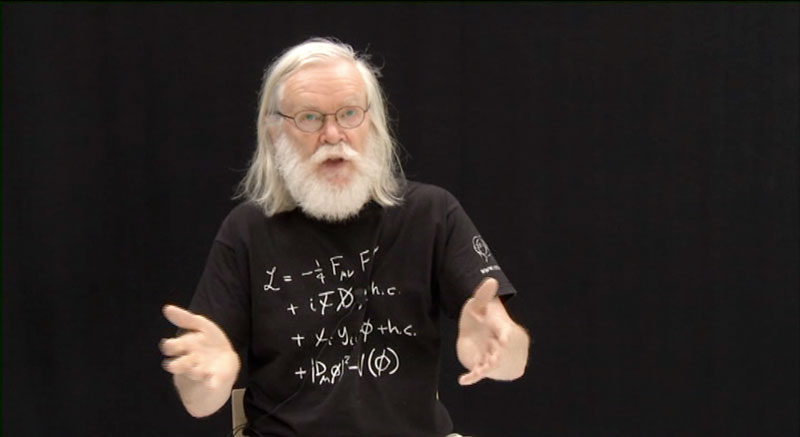
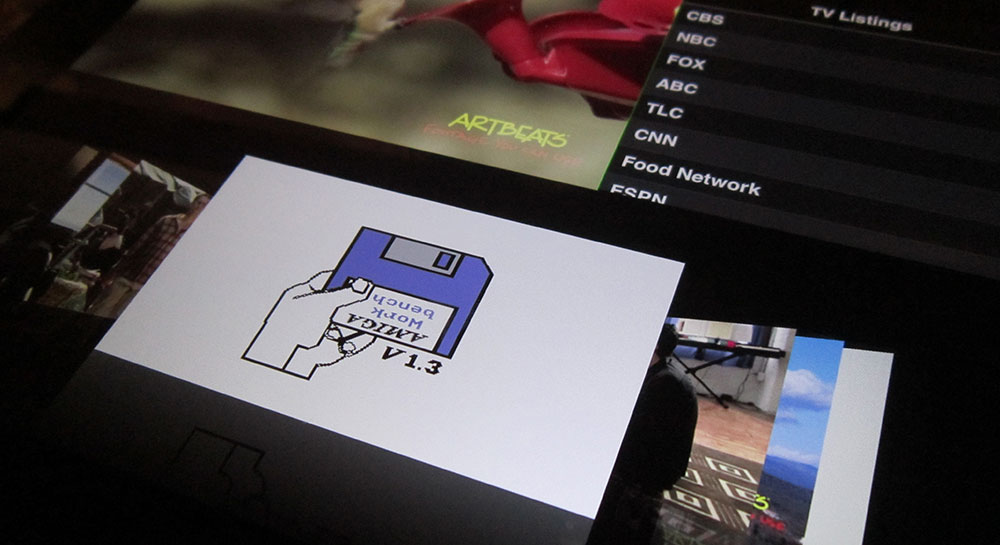

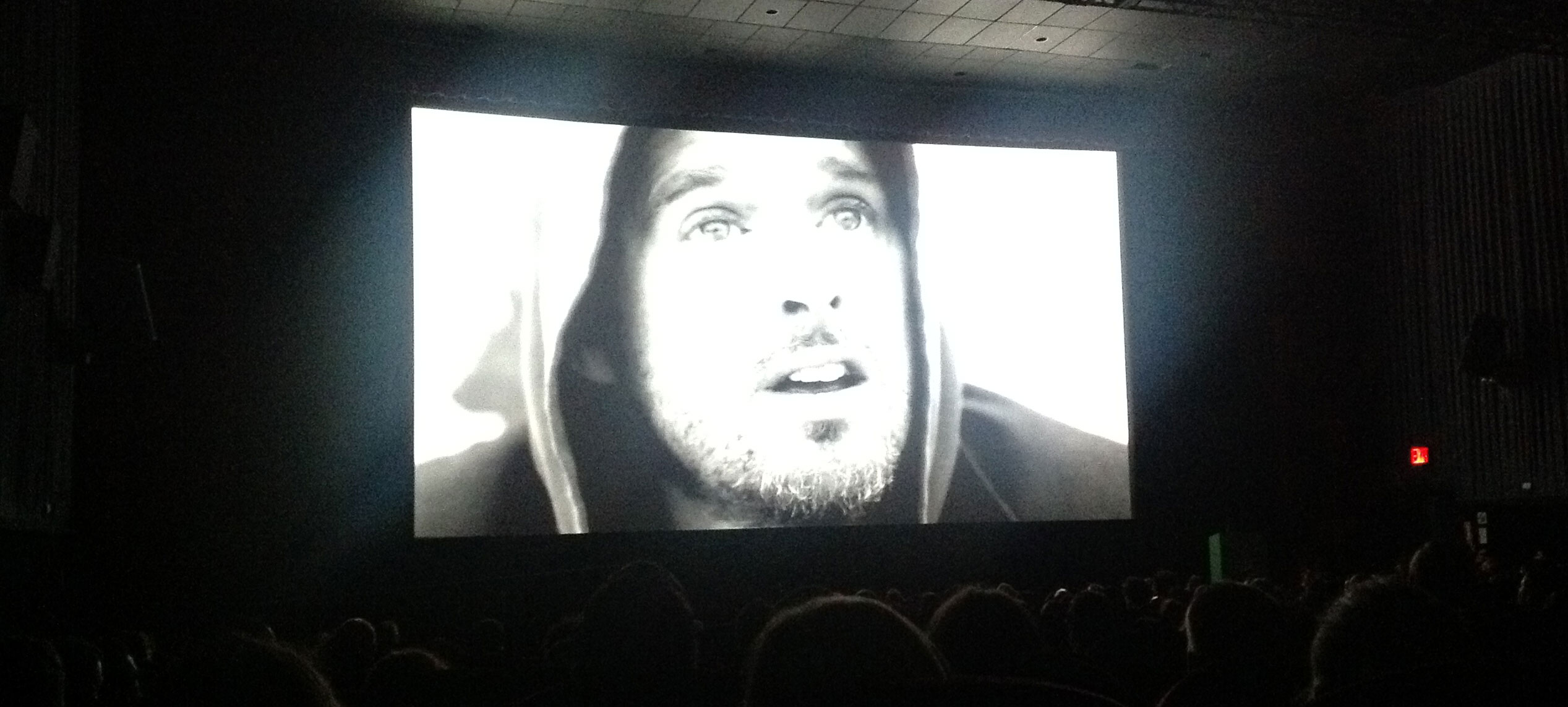

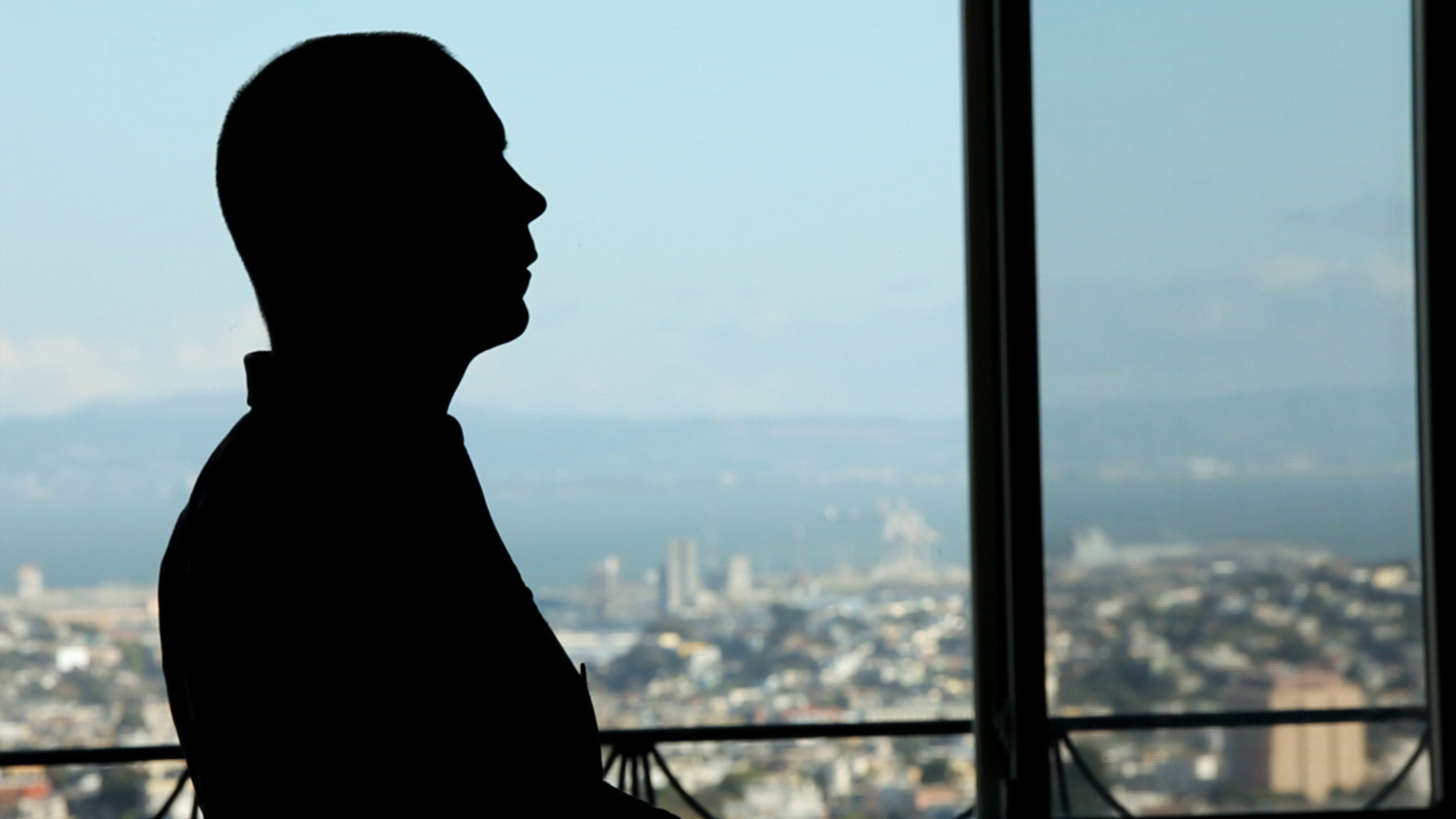
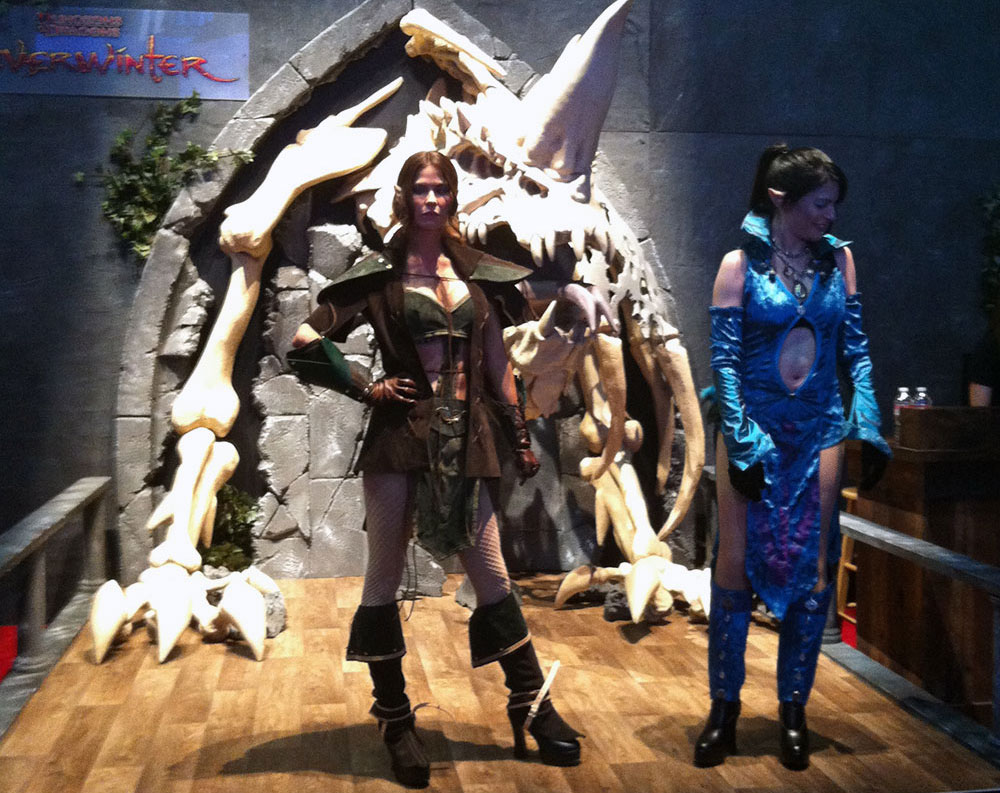


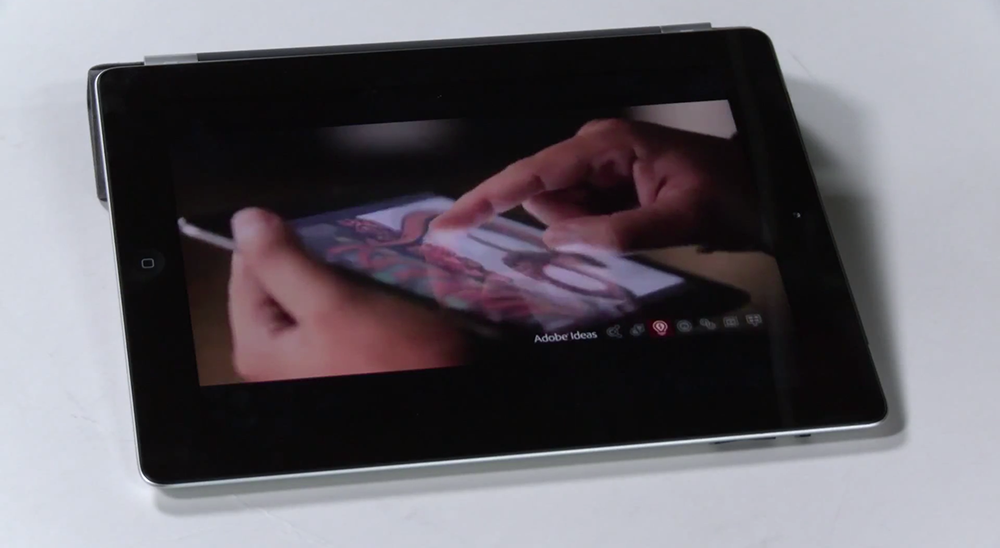
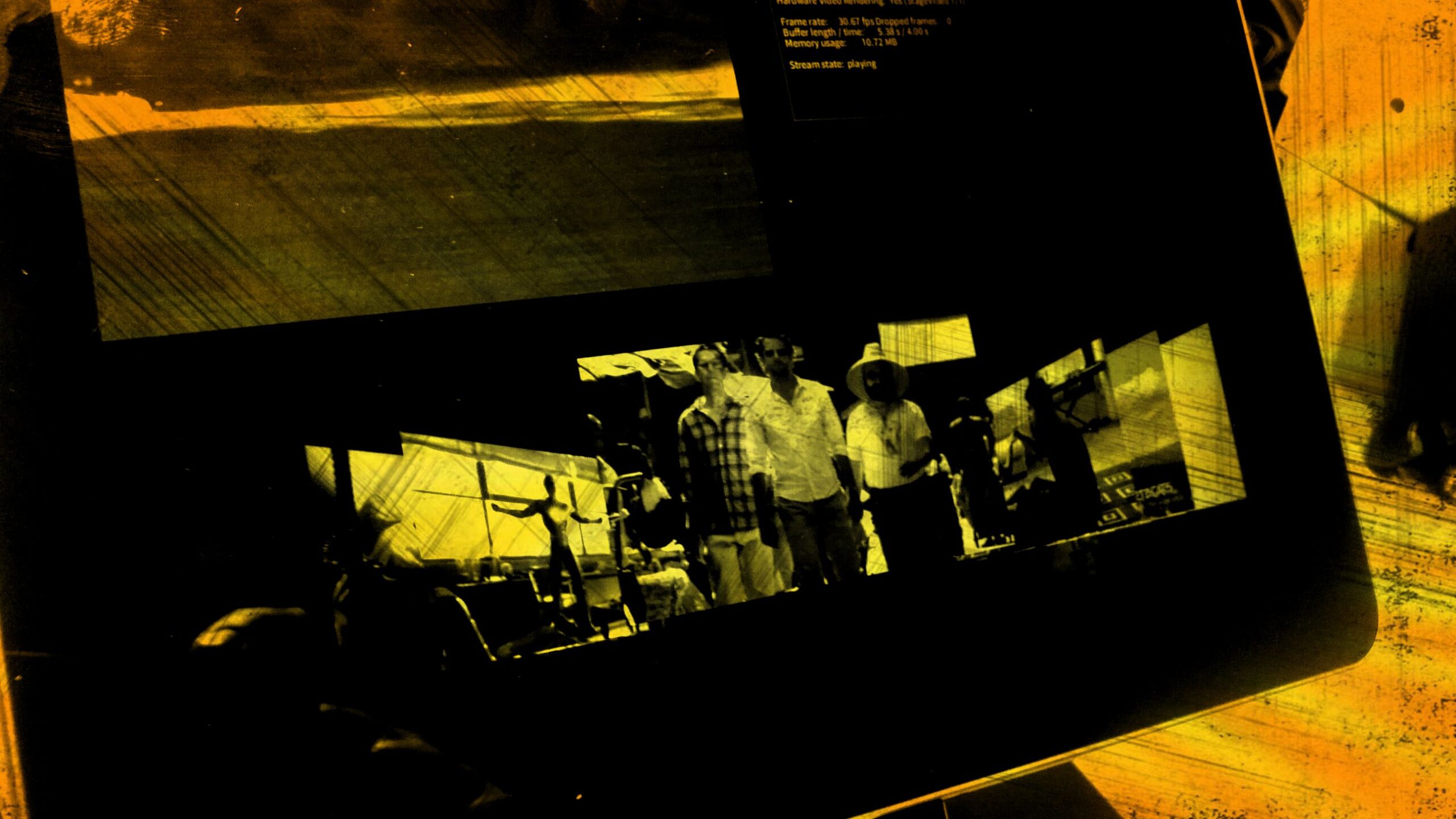
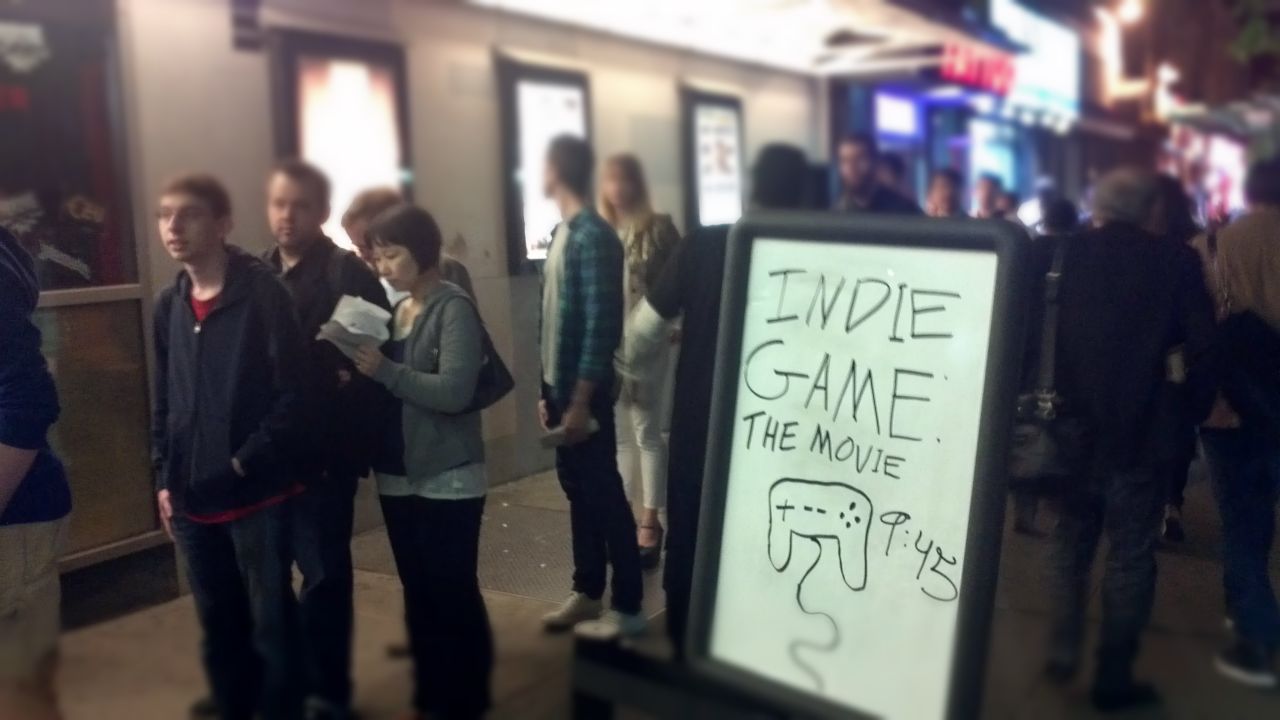
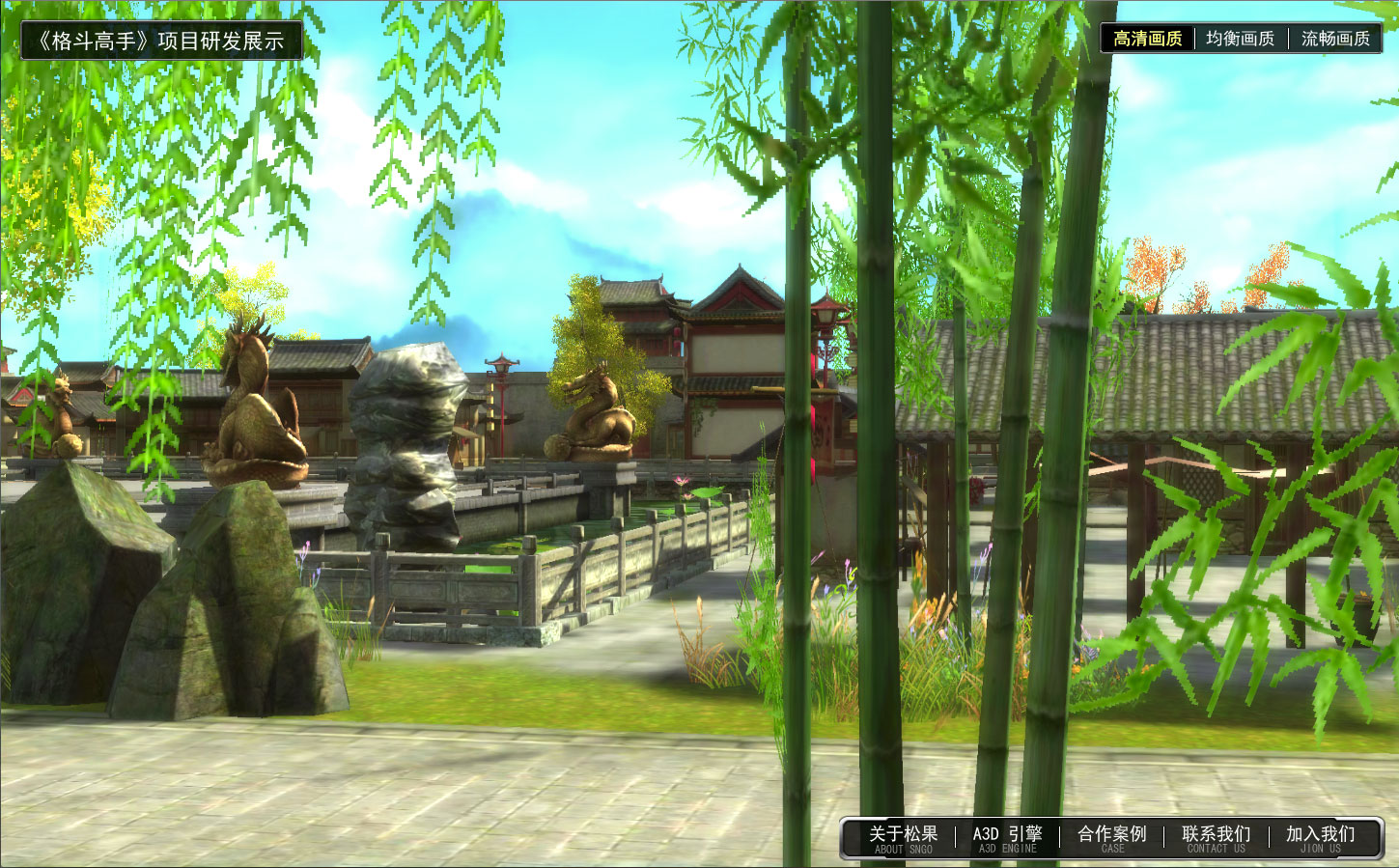


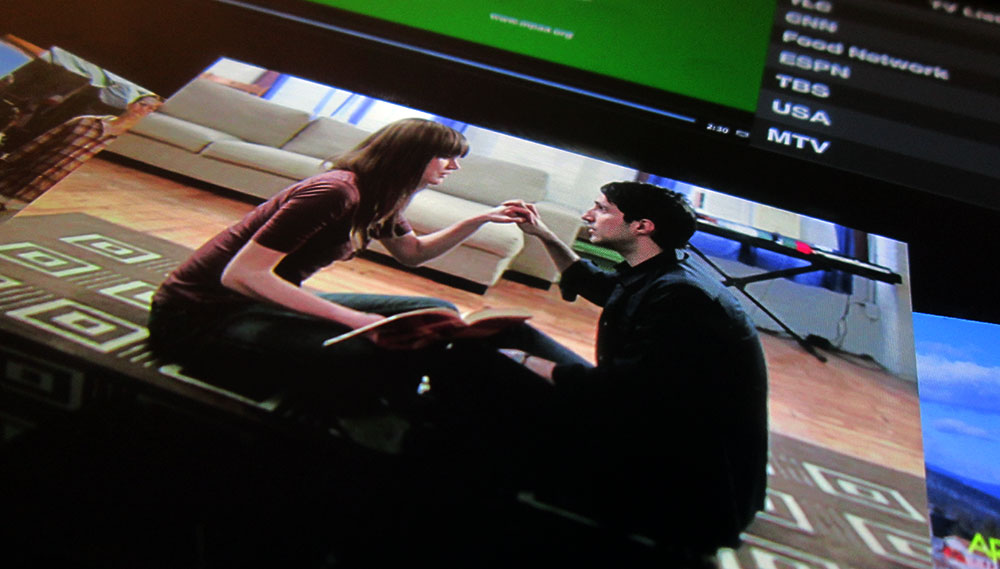


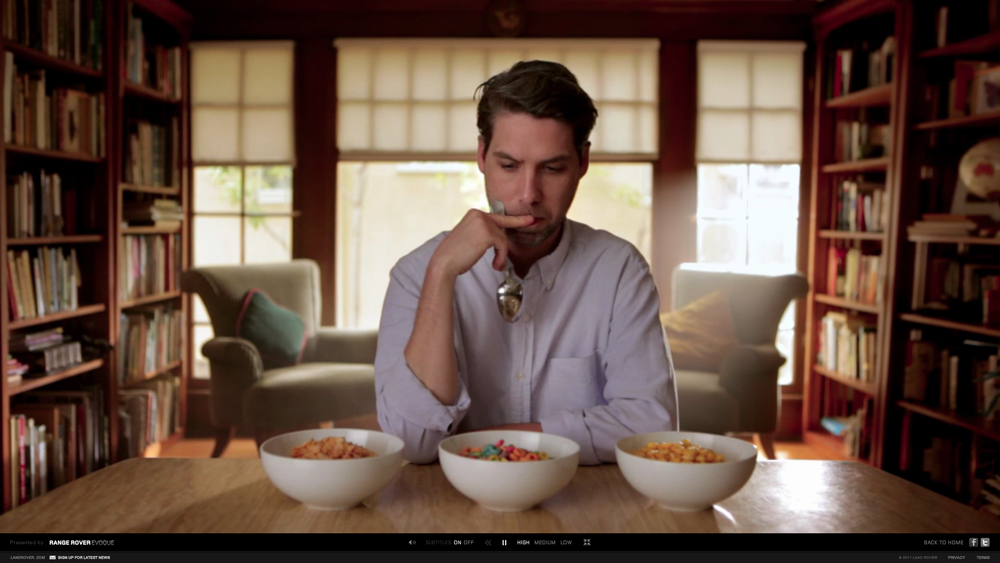
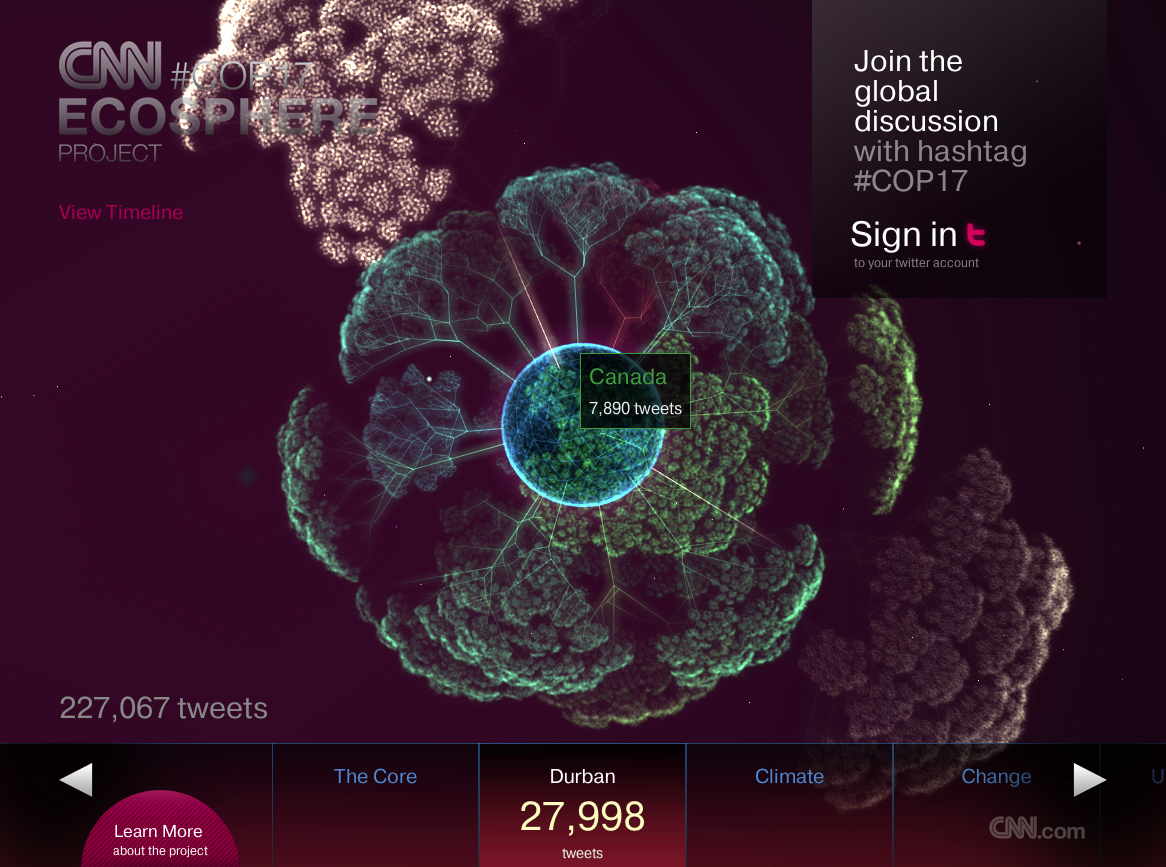

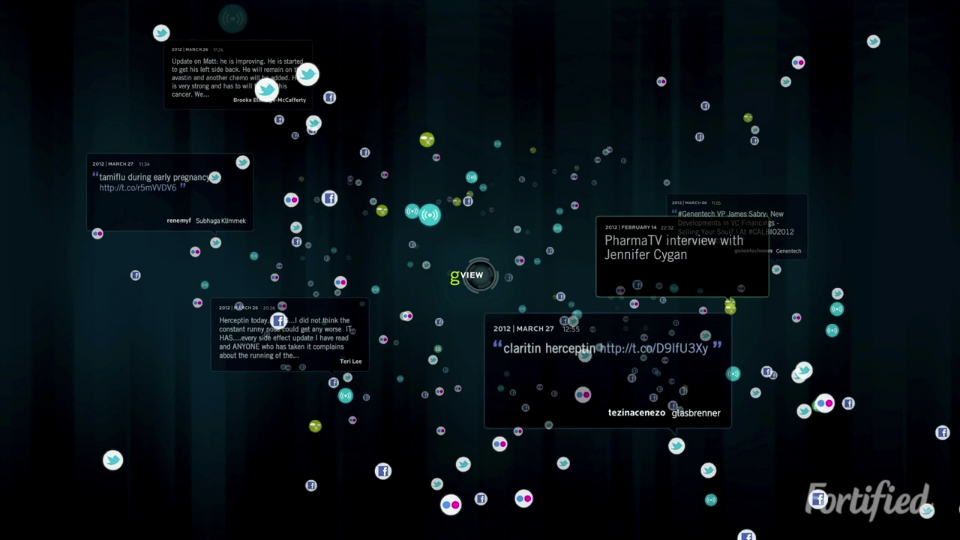
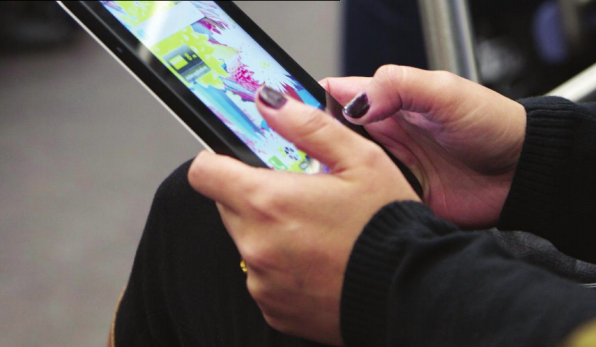

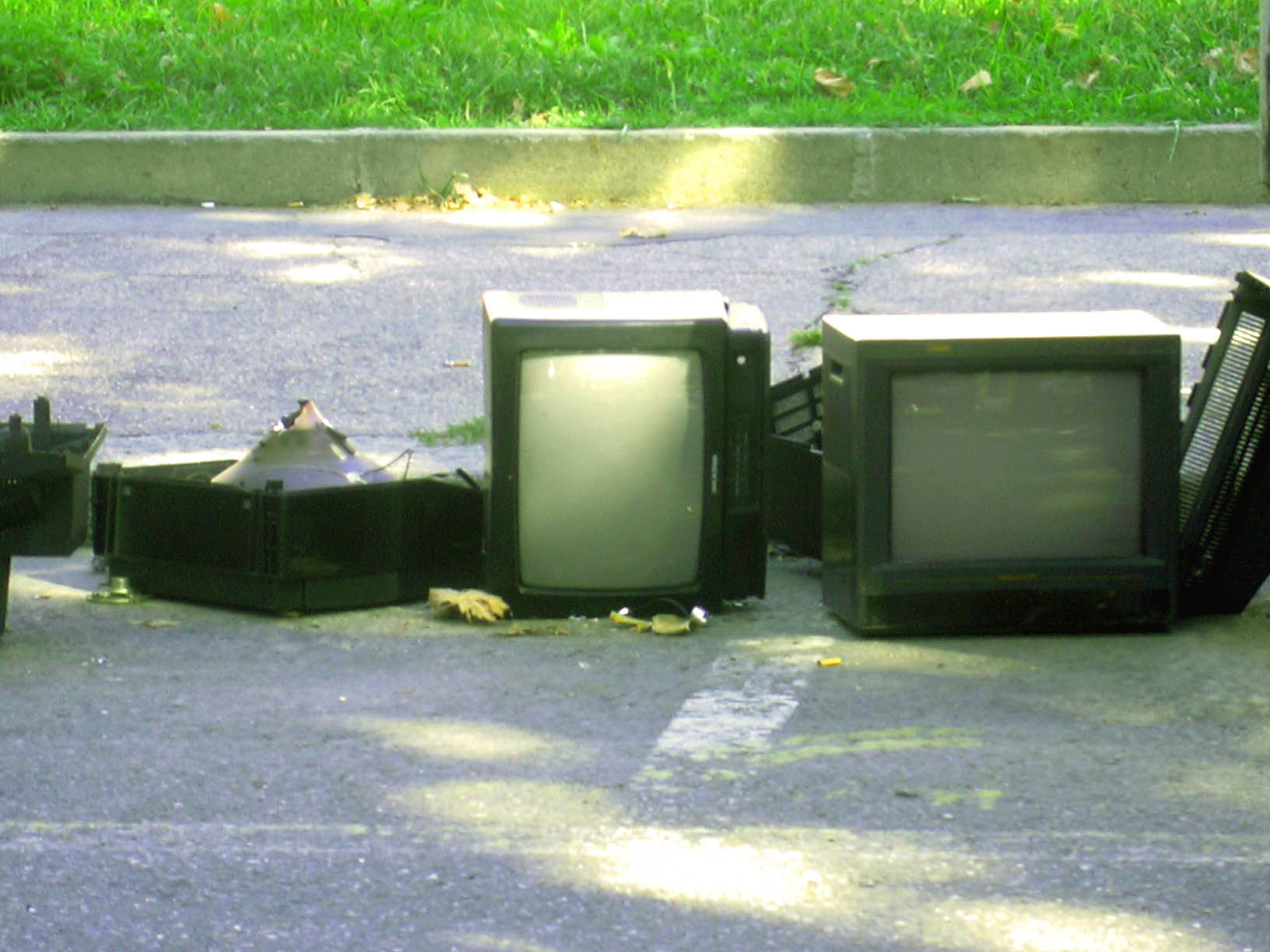
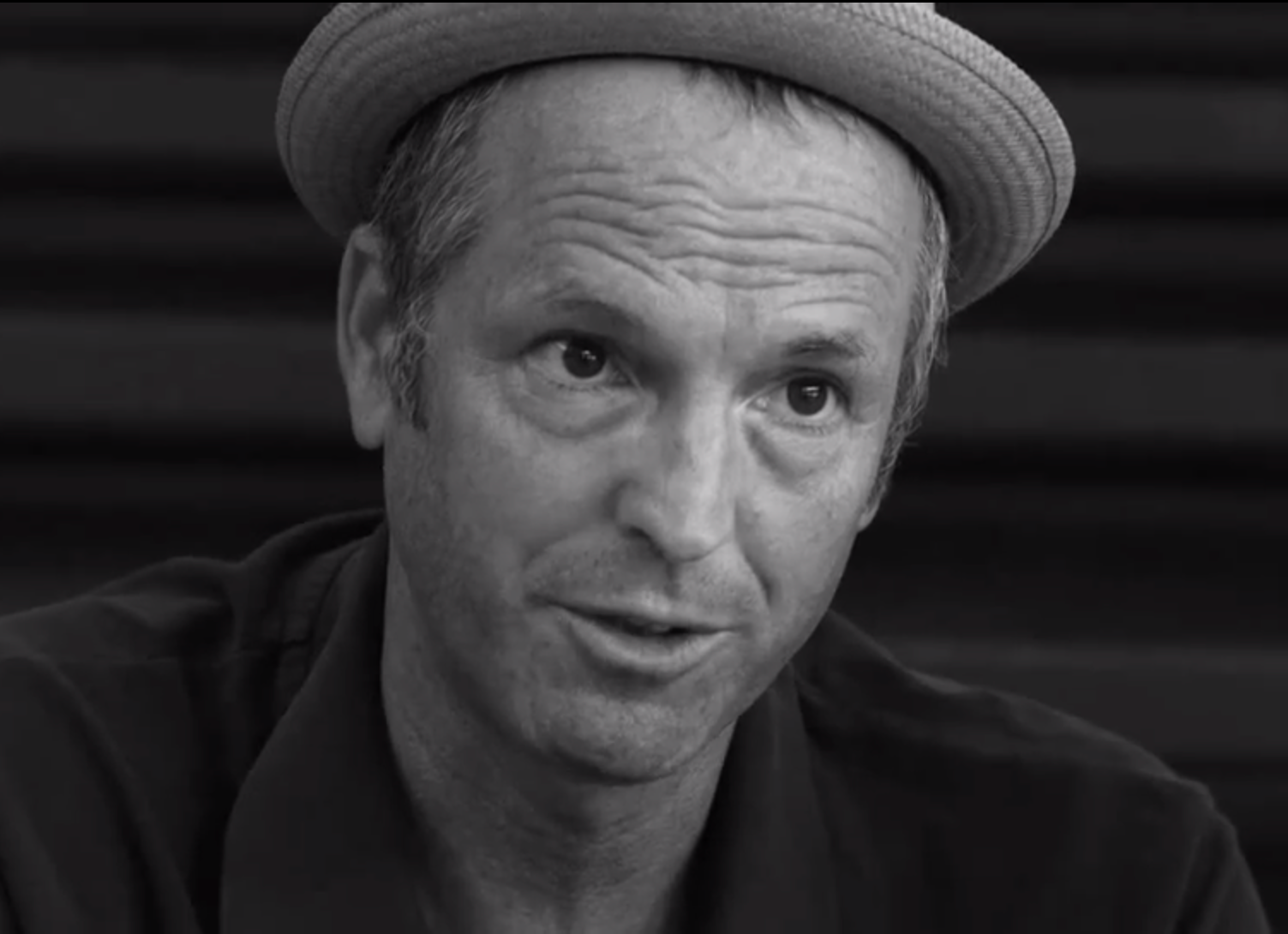
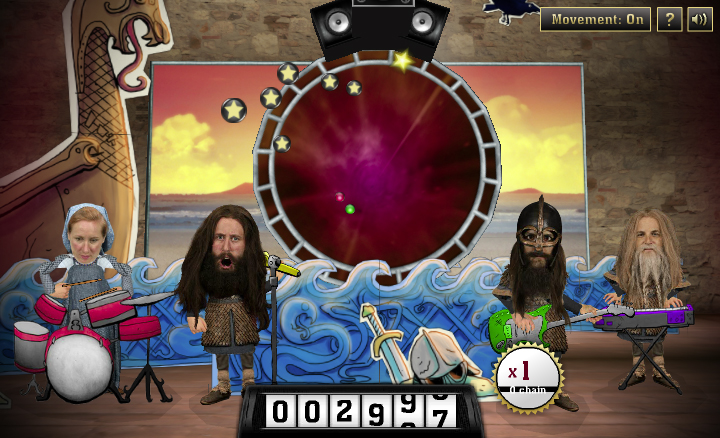

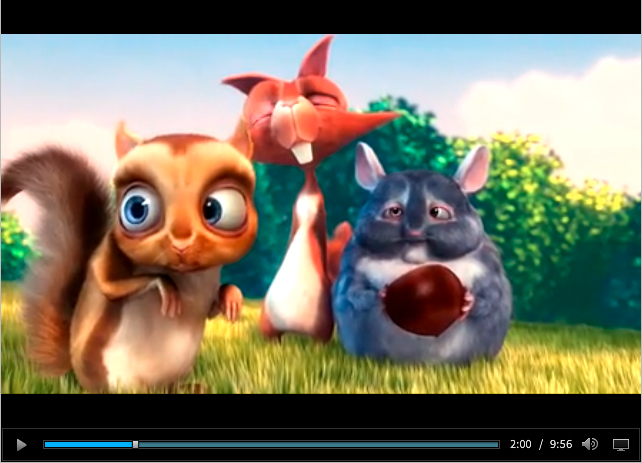


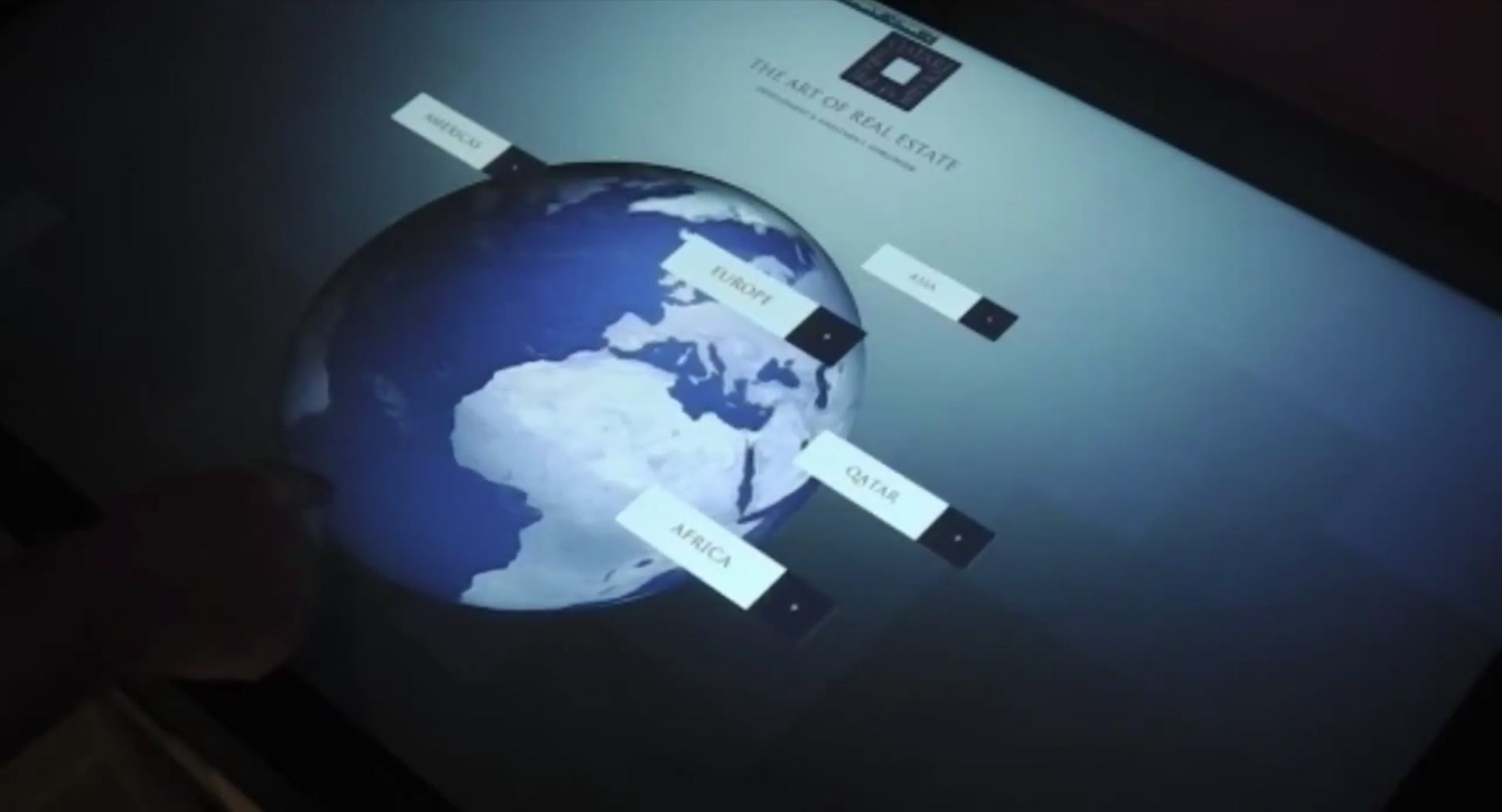
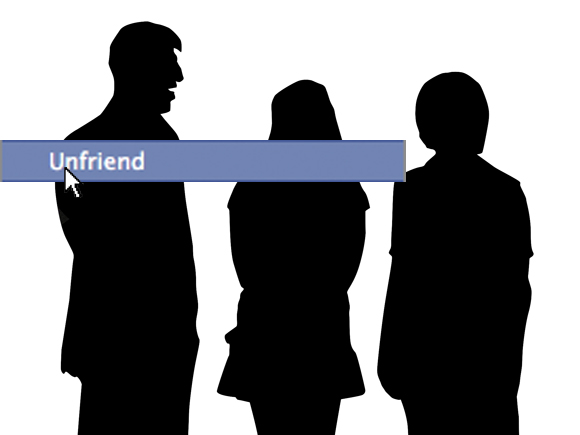
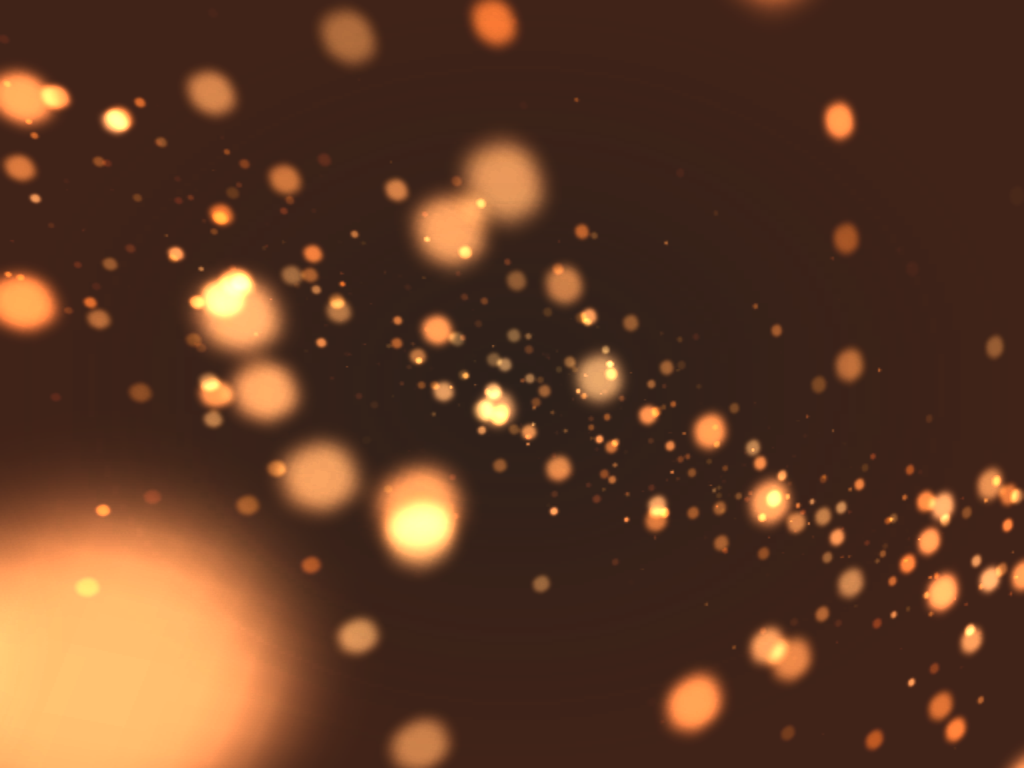

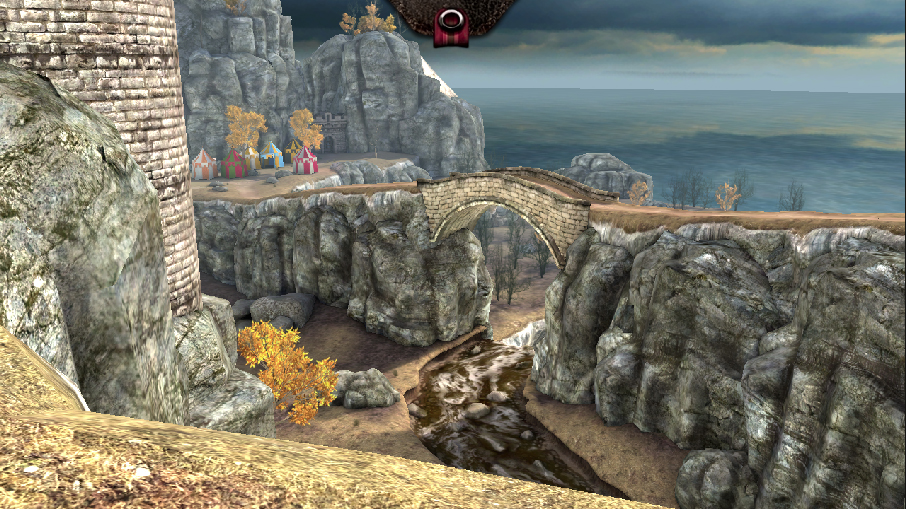
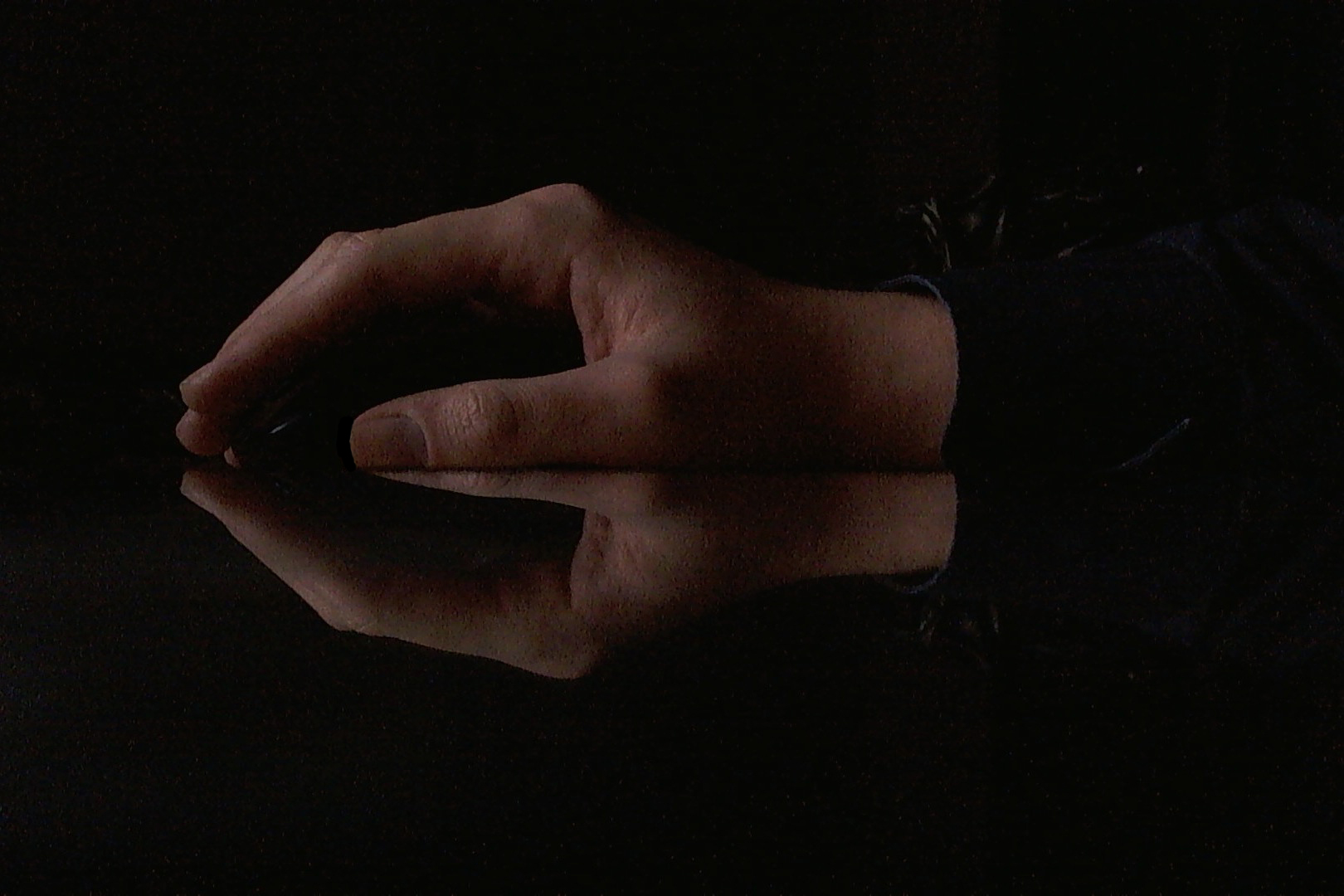

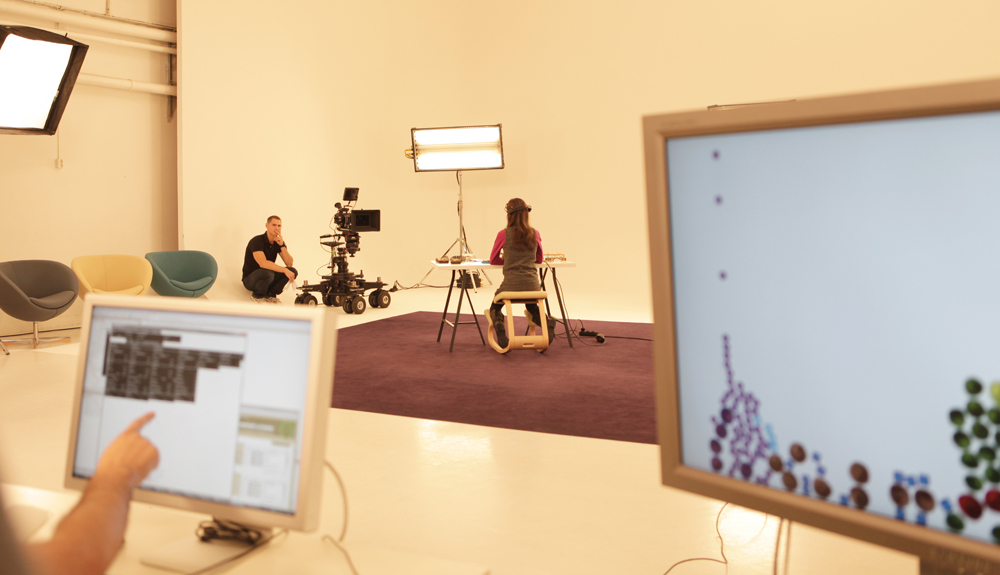

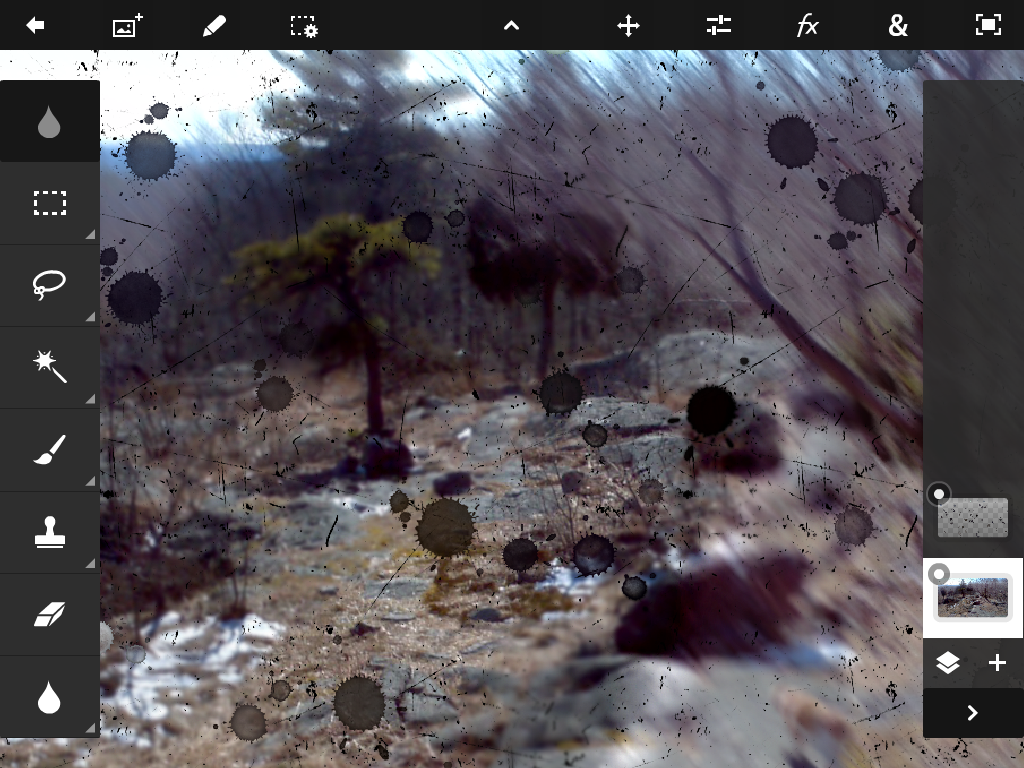
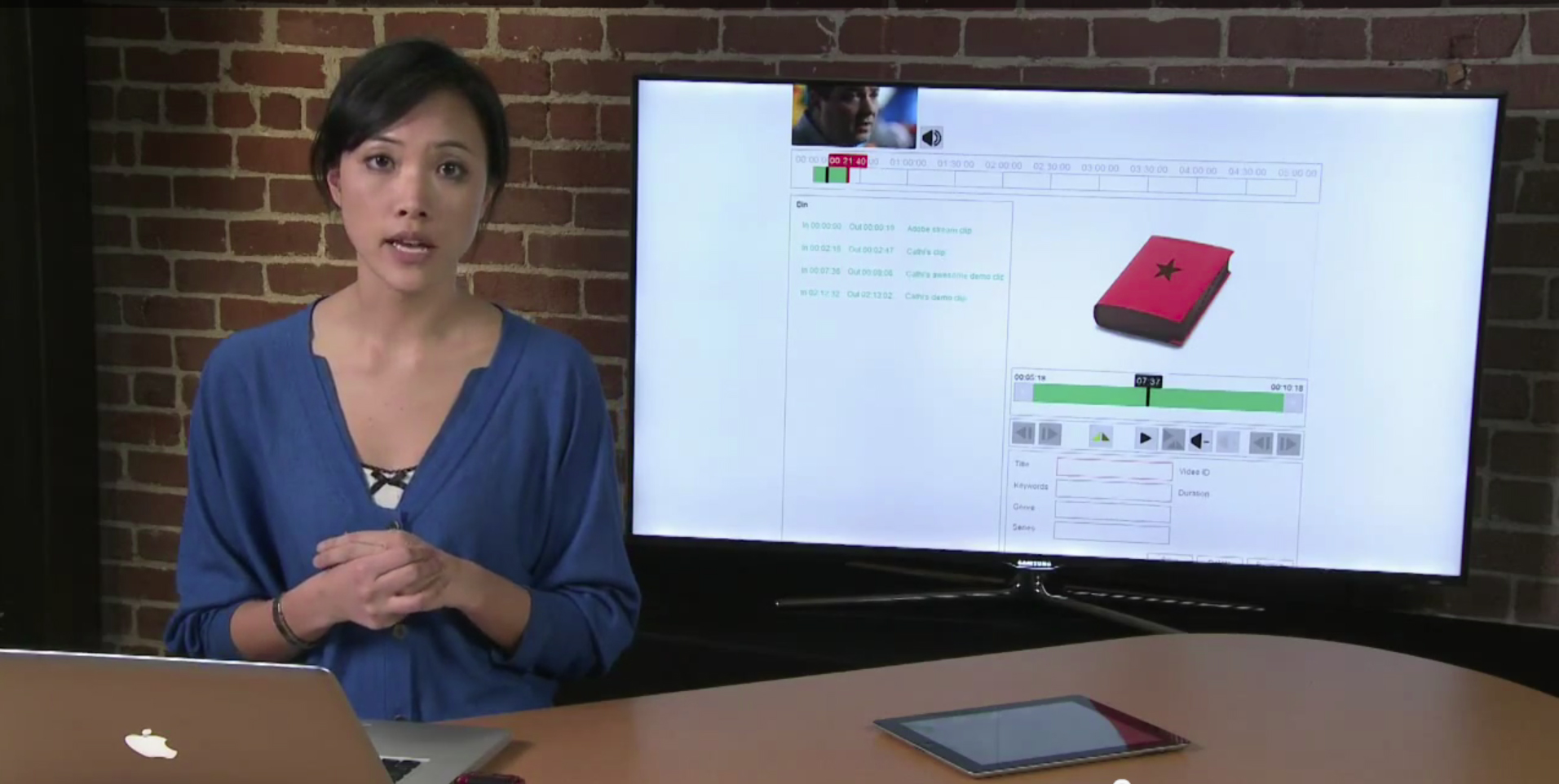
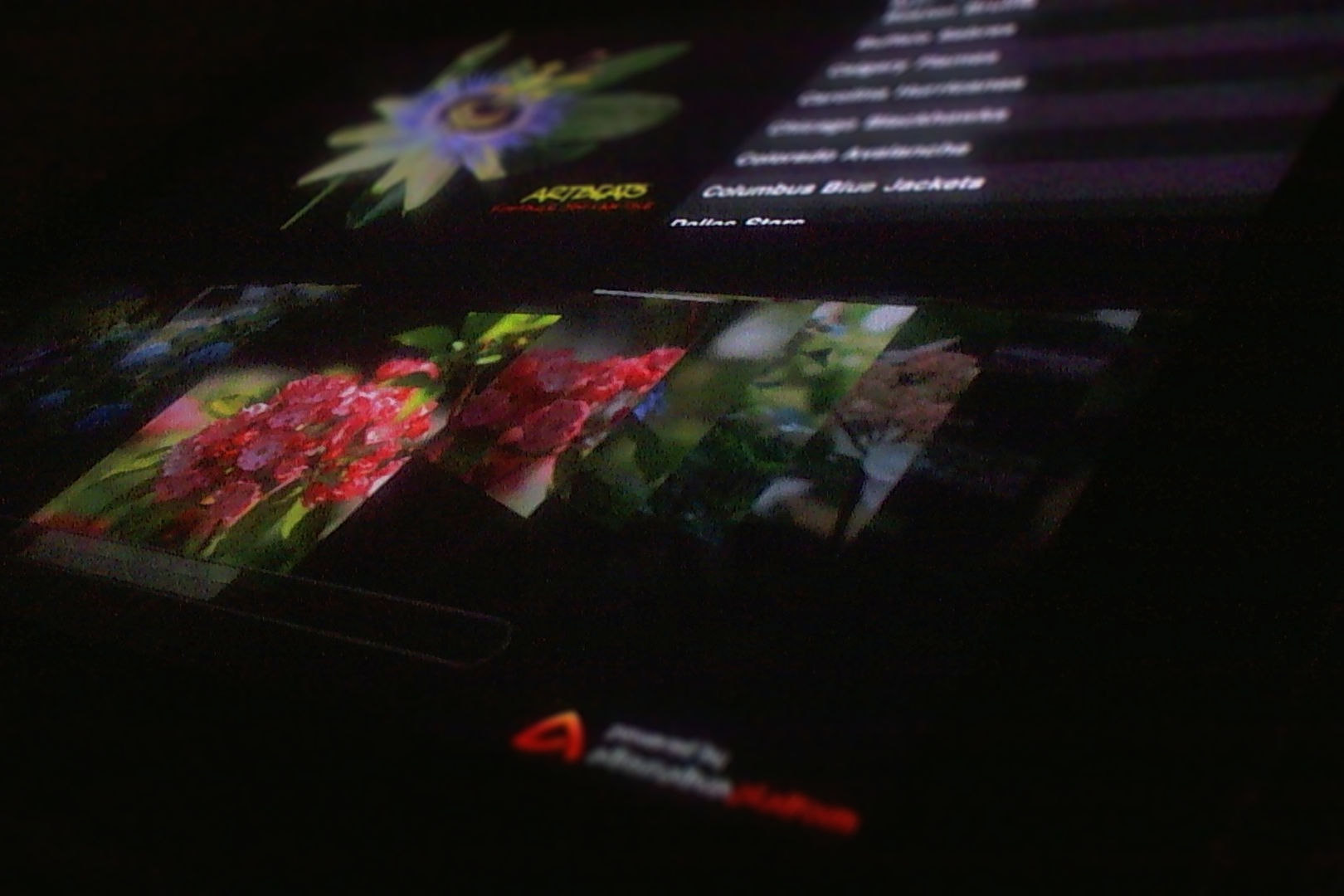
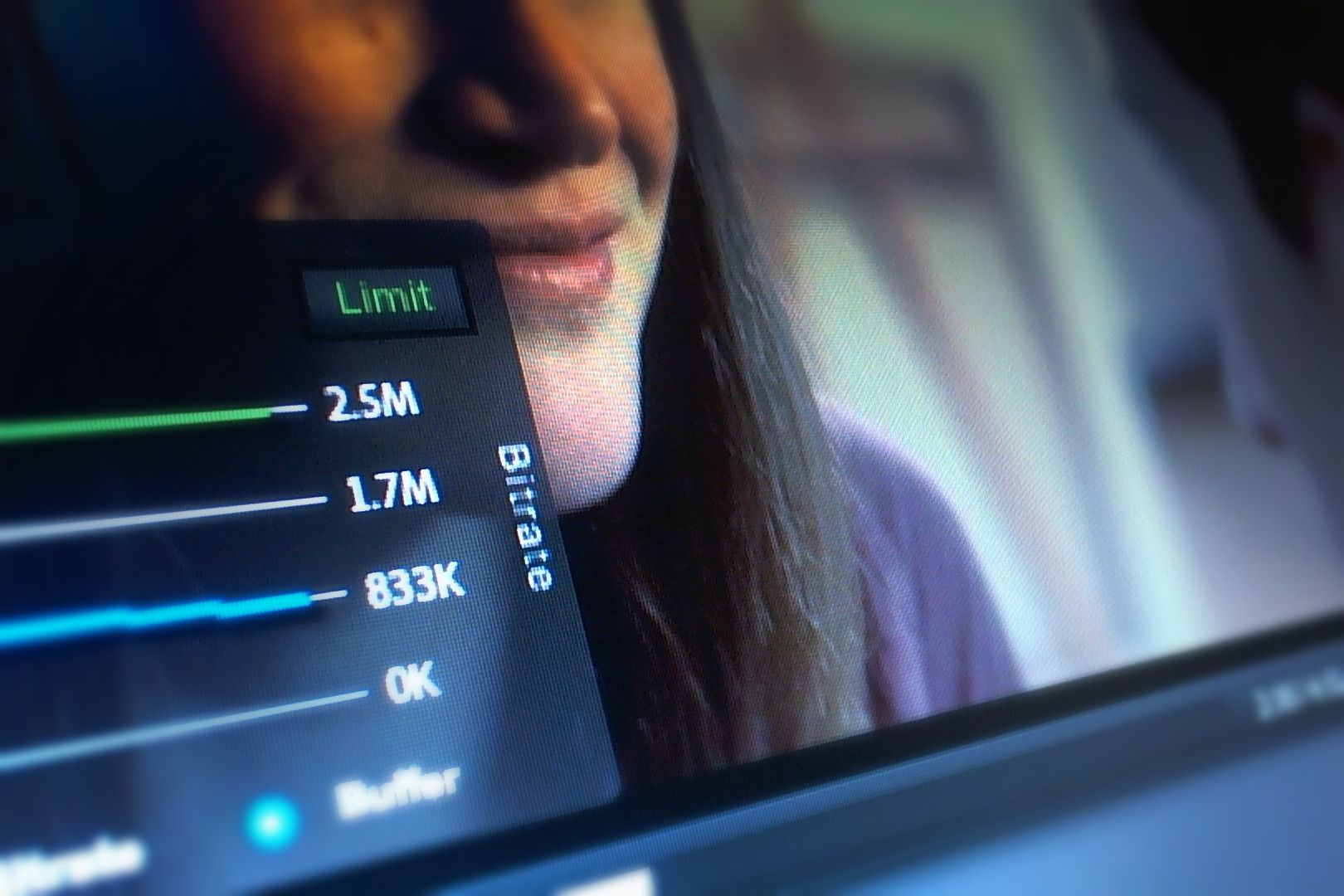
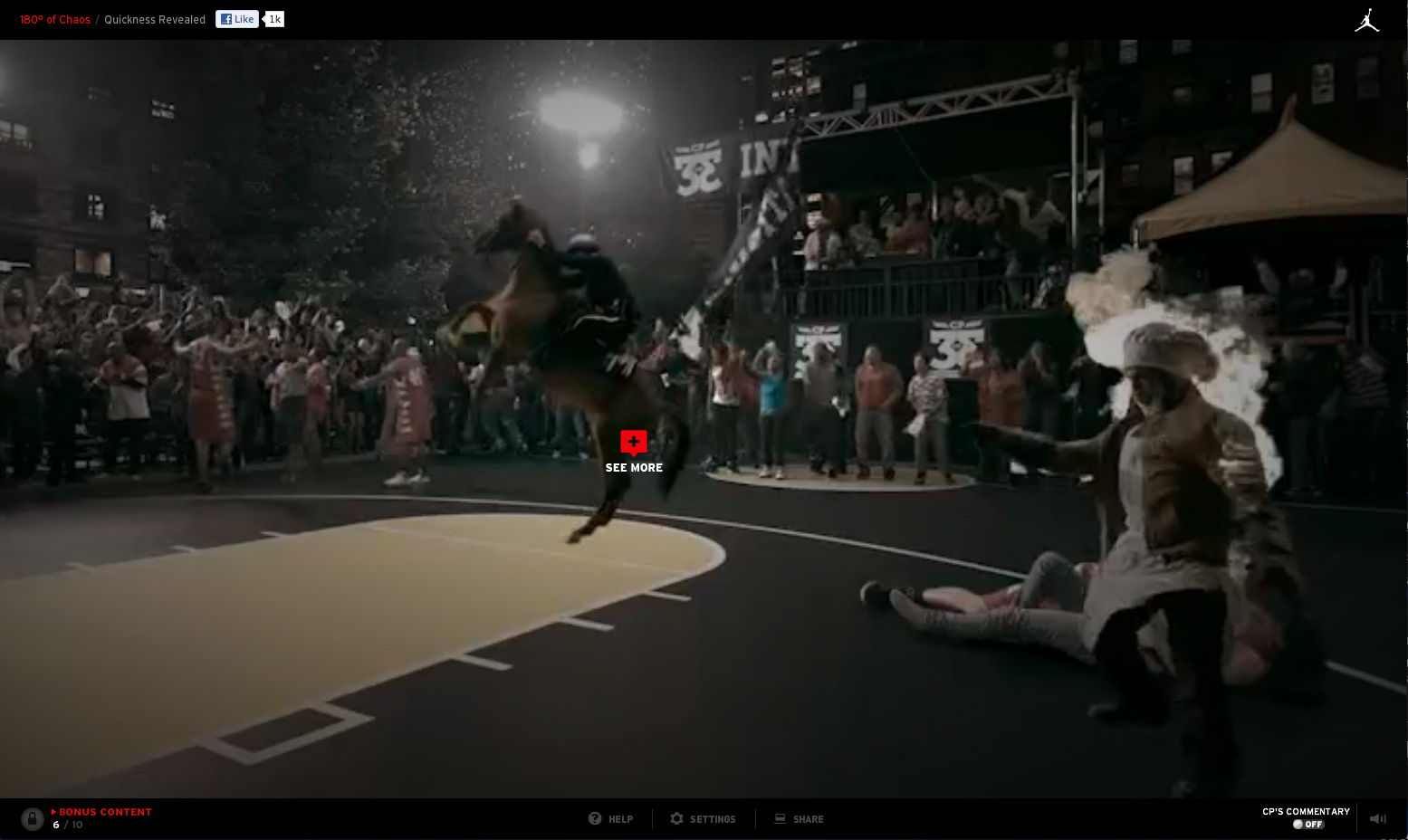

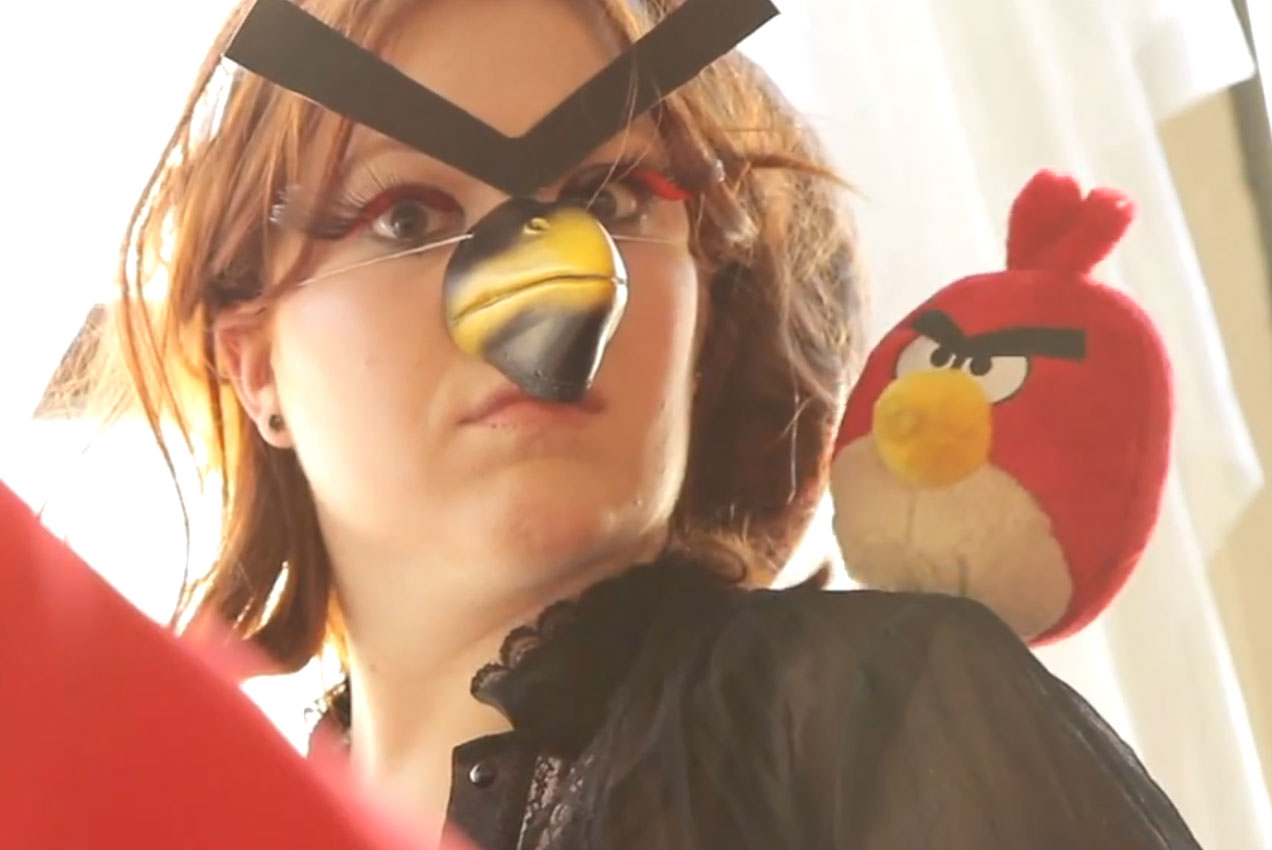
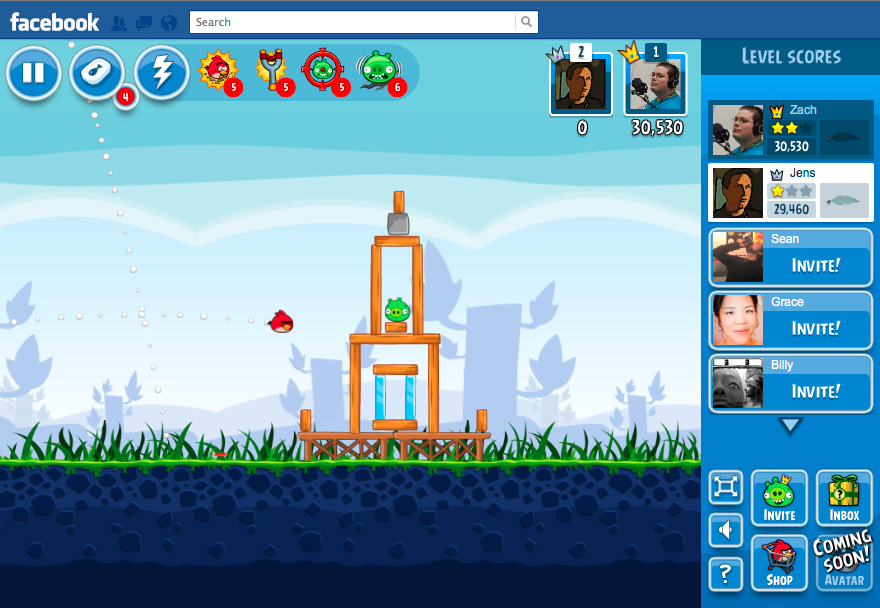
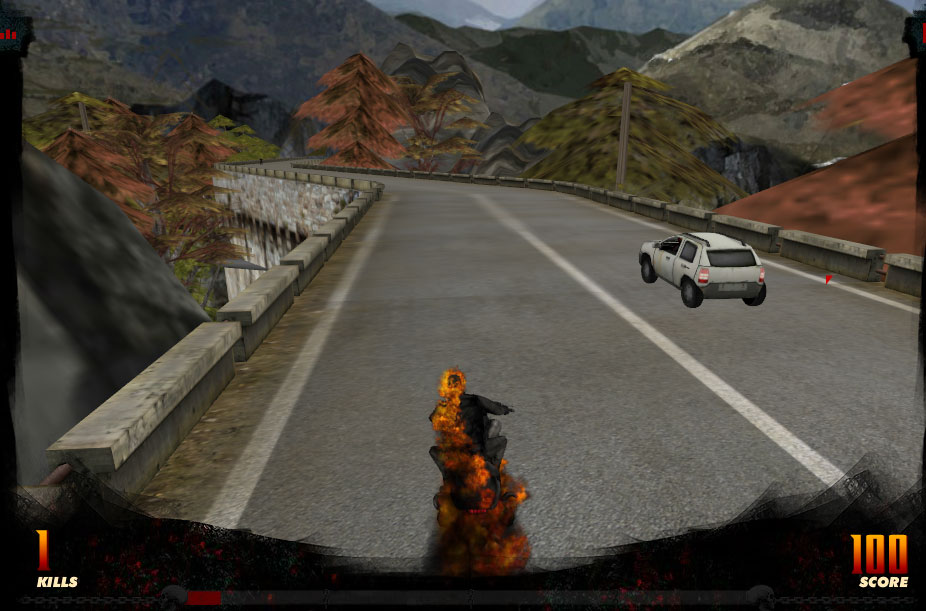
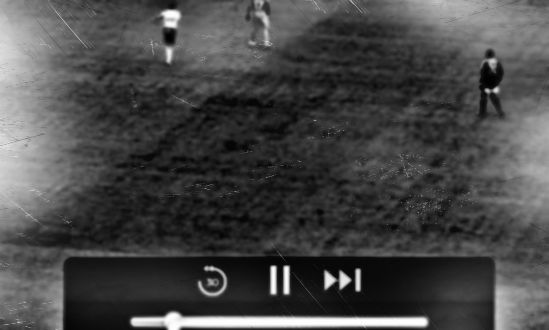

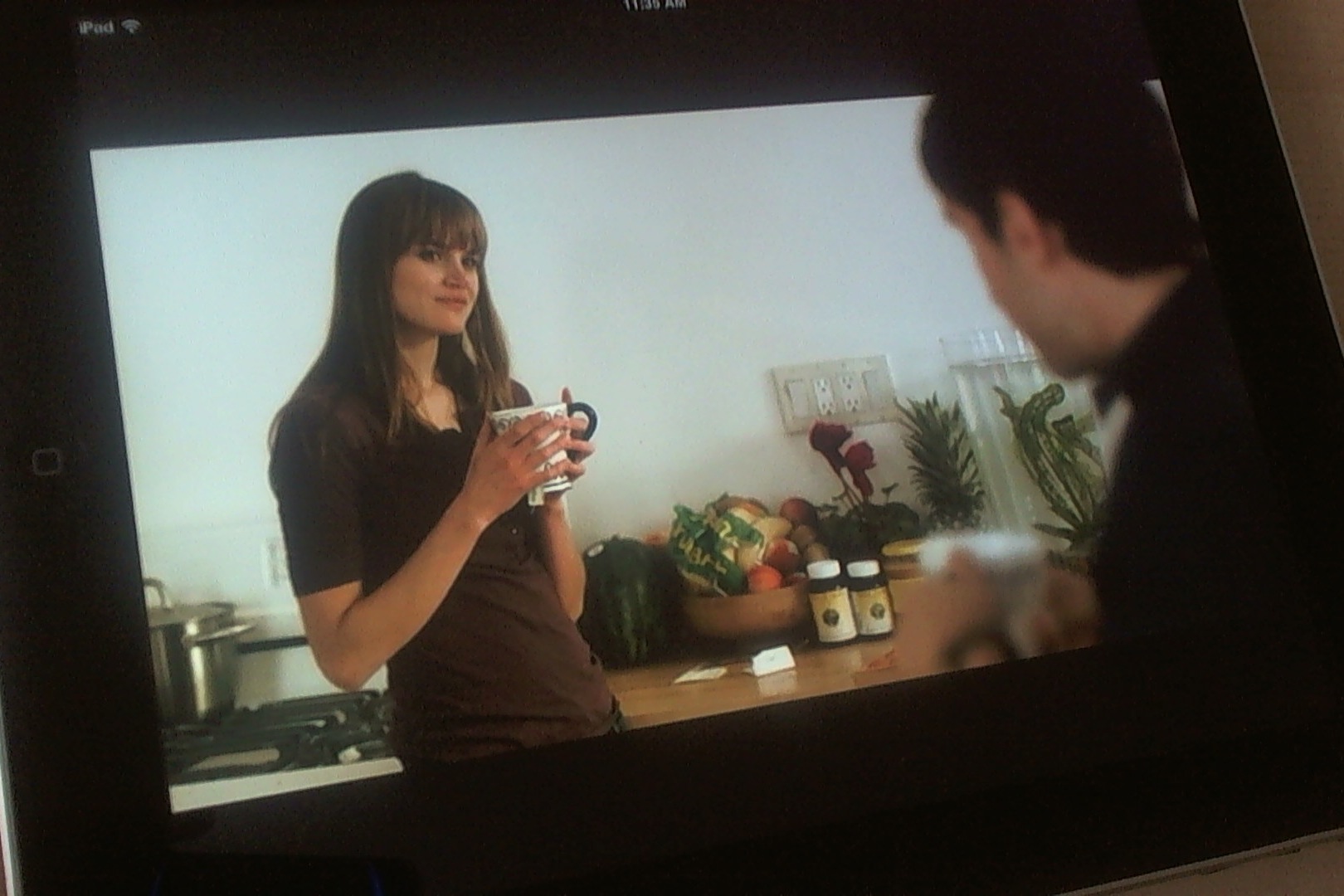
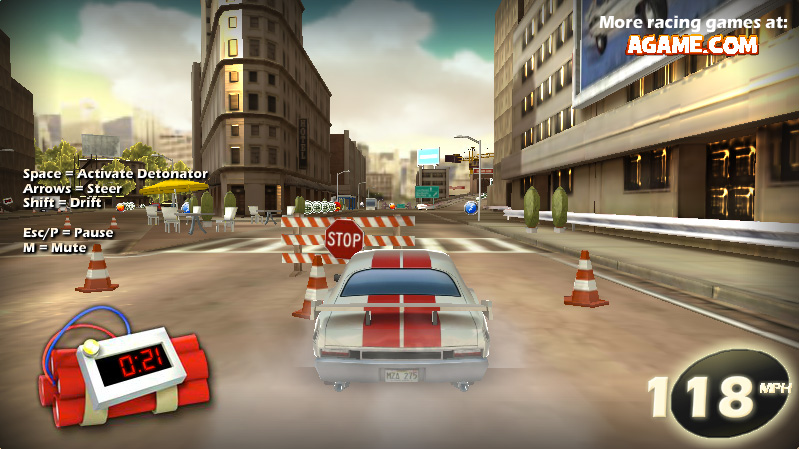
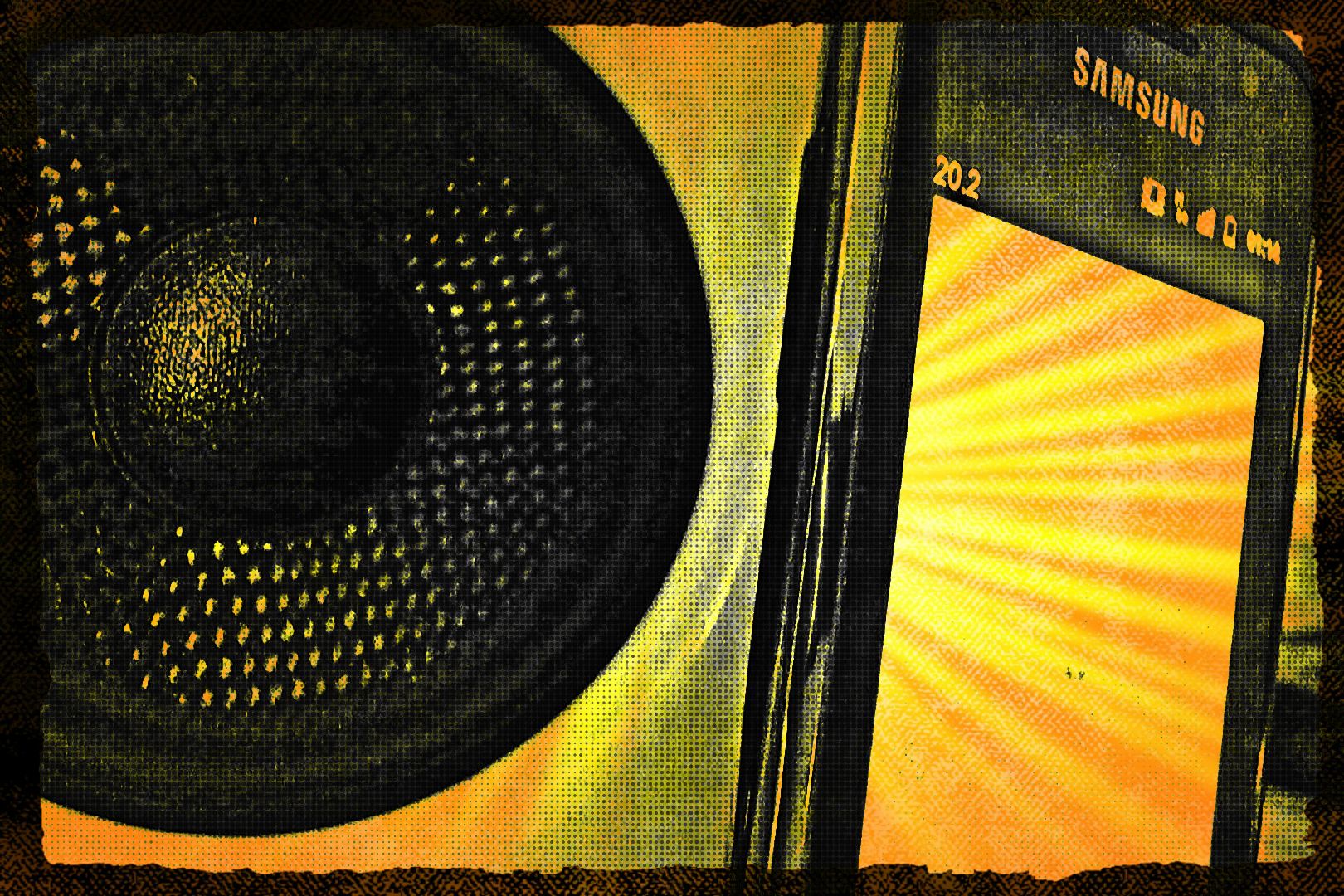


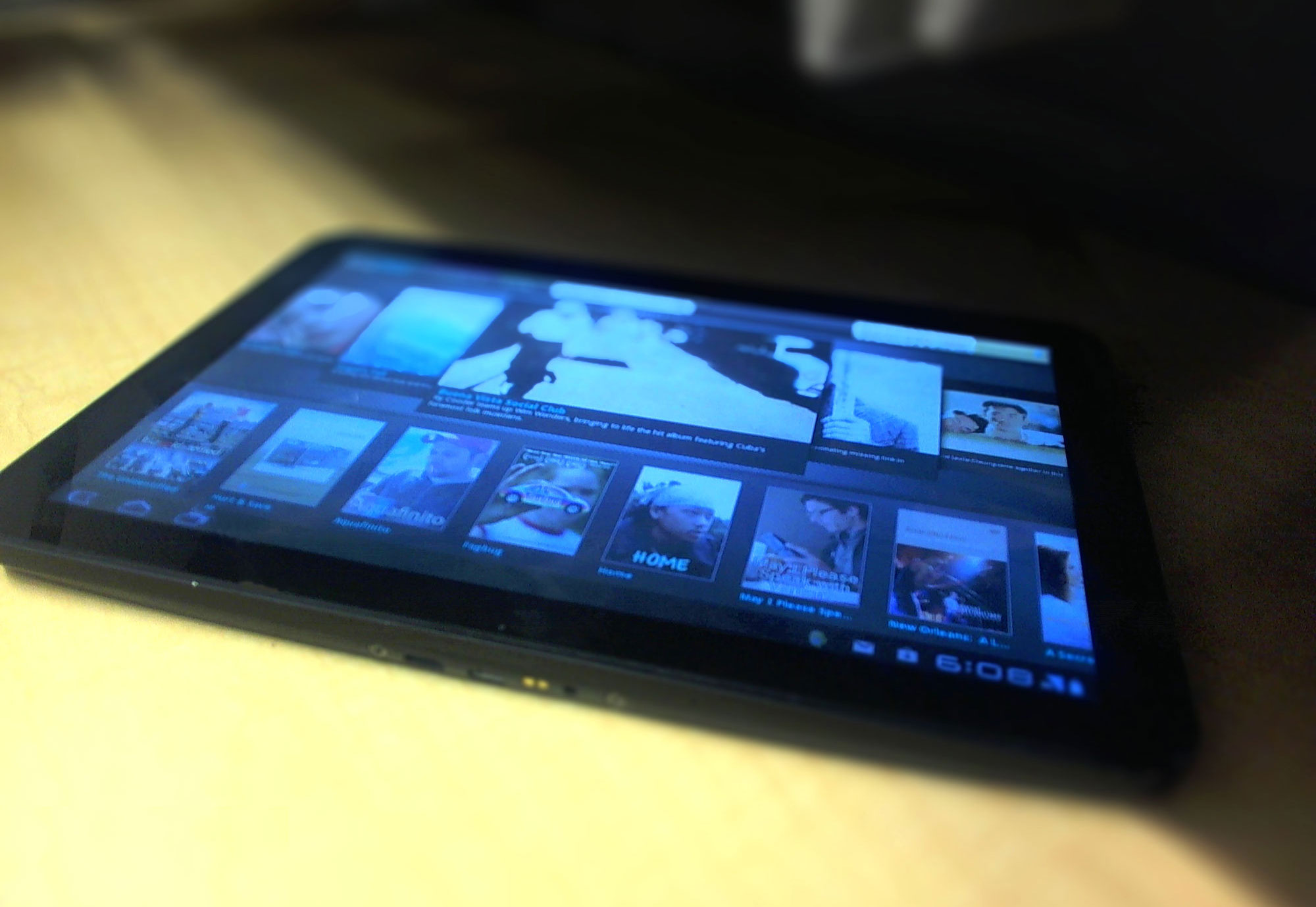
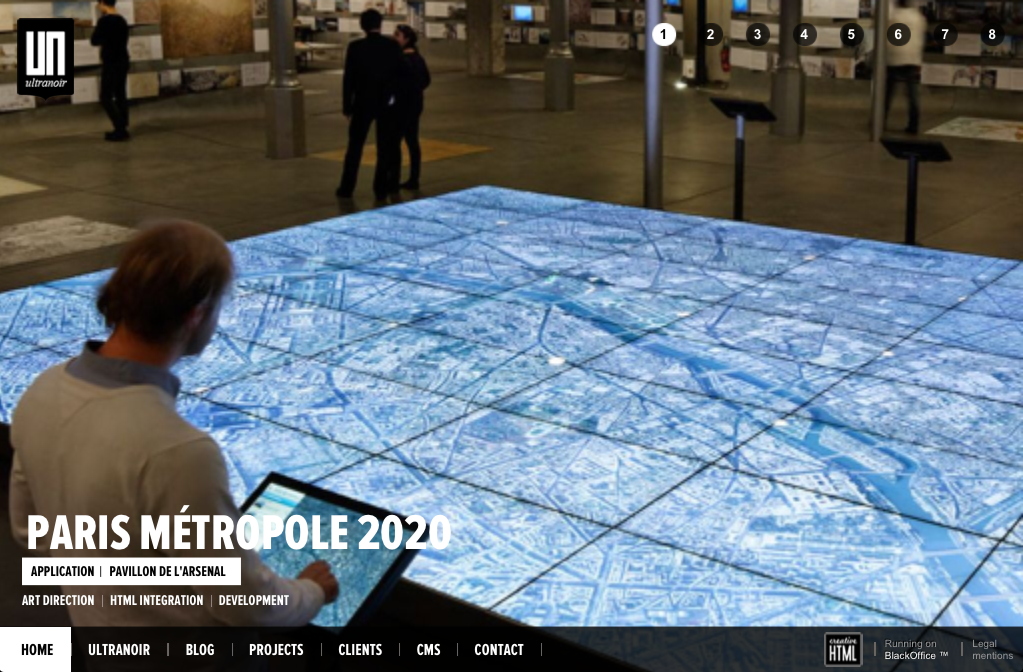
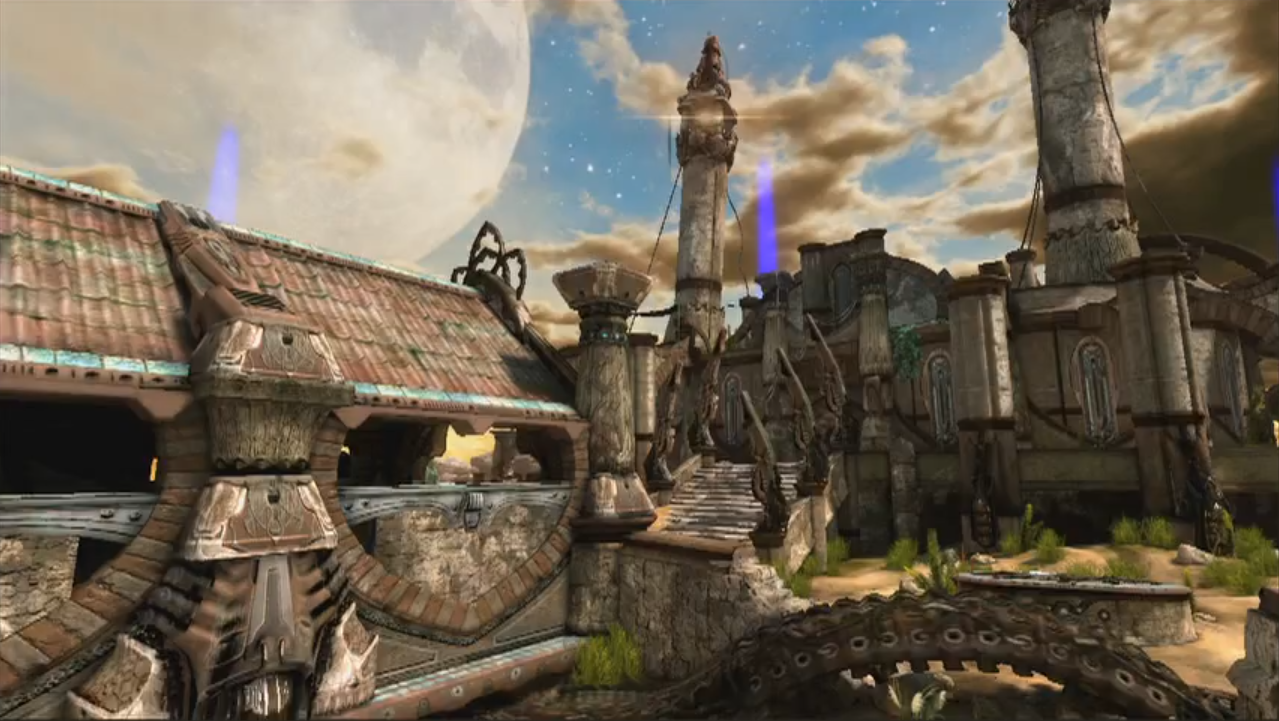
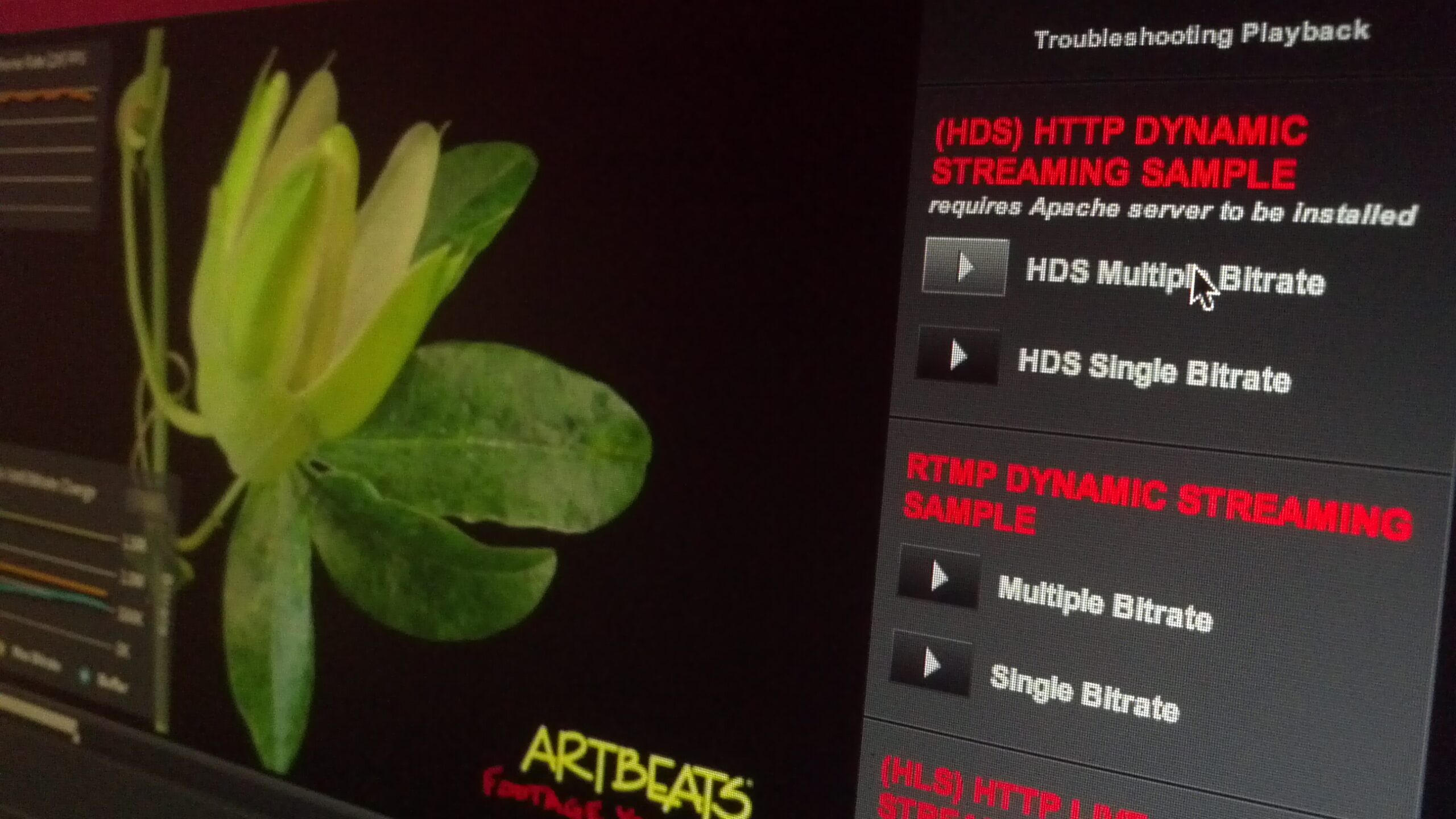
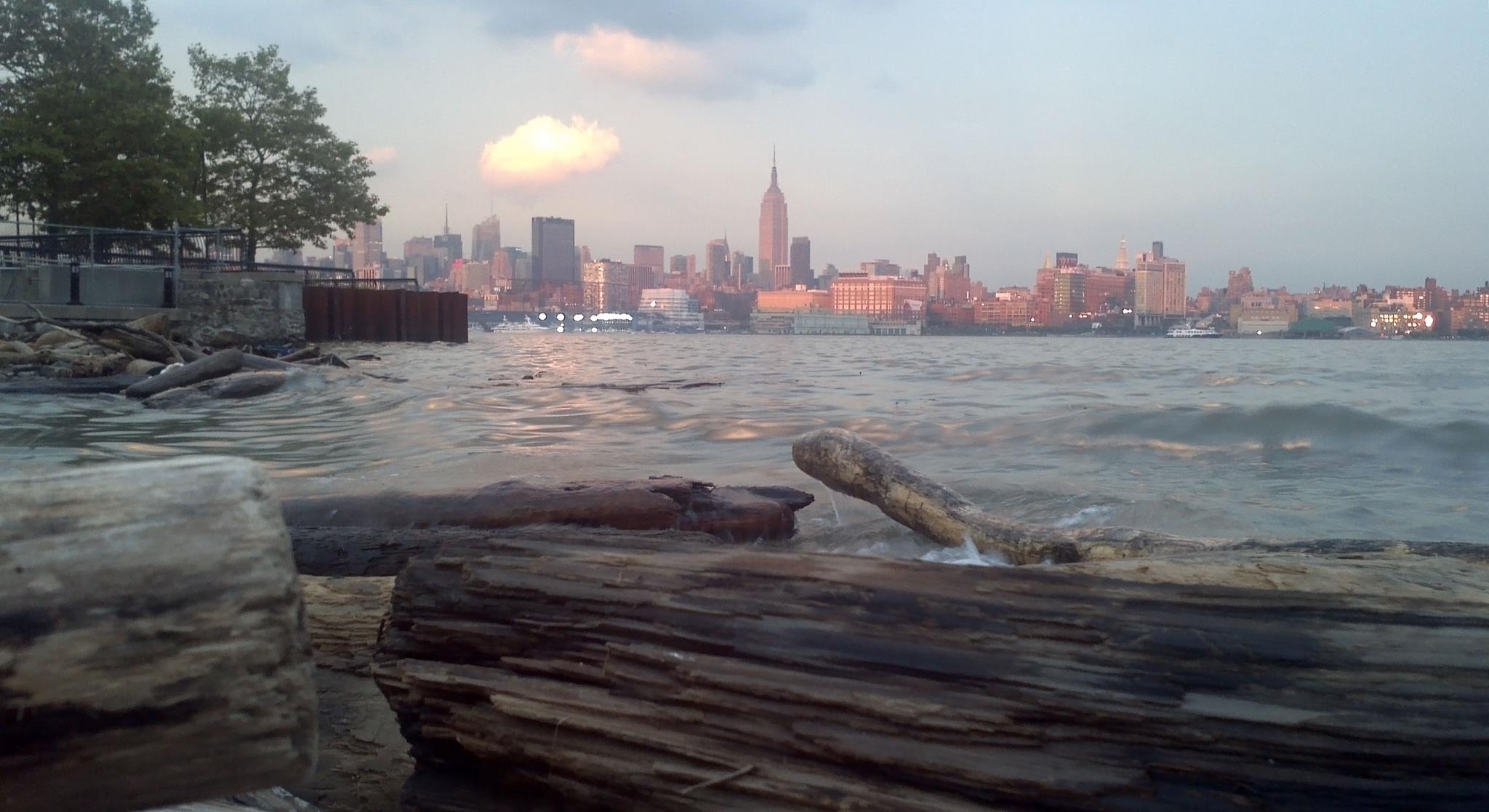
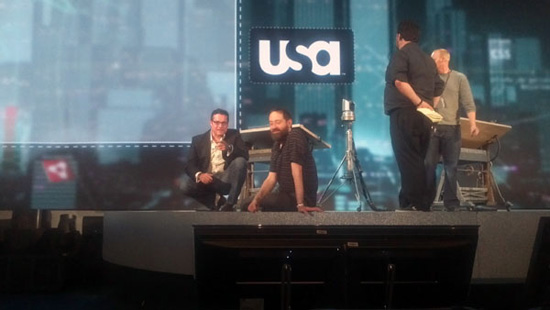
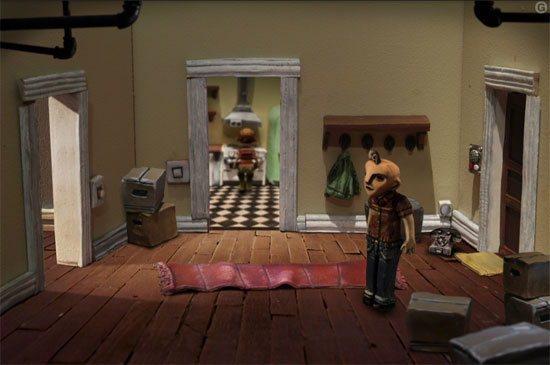

A really great analysis.. I recall that the characters in Shrek were at some point to realistic, and they had to revert it back to the “comic” look. Totally makes sense in context of the valley of uncanny.
A very interesting post! I’ve been researching the UV for several years and this definitely chimes with my findings:
So the Uncanny Valley exists not only on the computer screen—but in our everyday interactions with media and art. We use it to scare ourselves—to tempt death; to feel something.